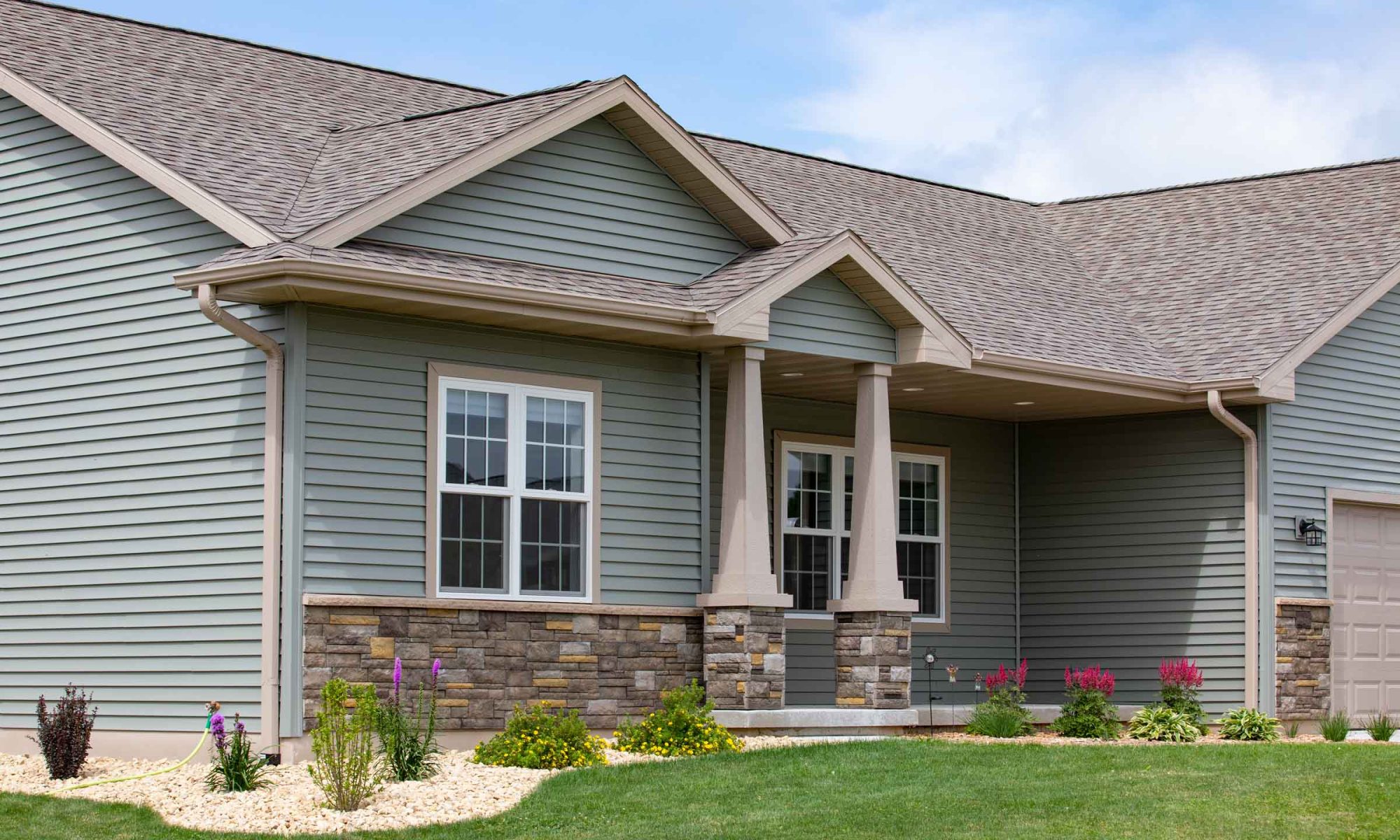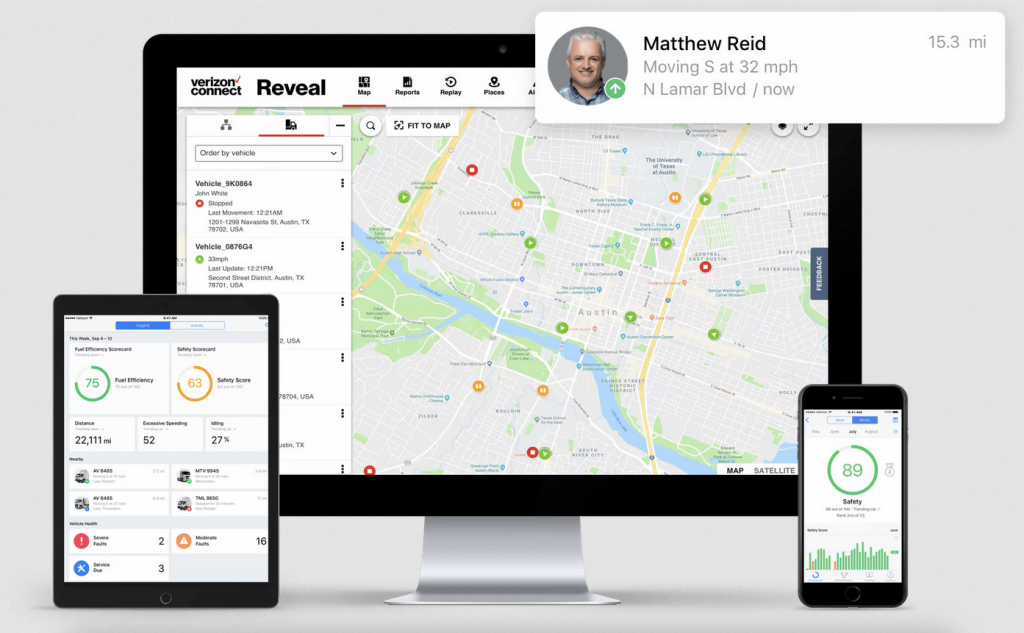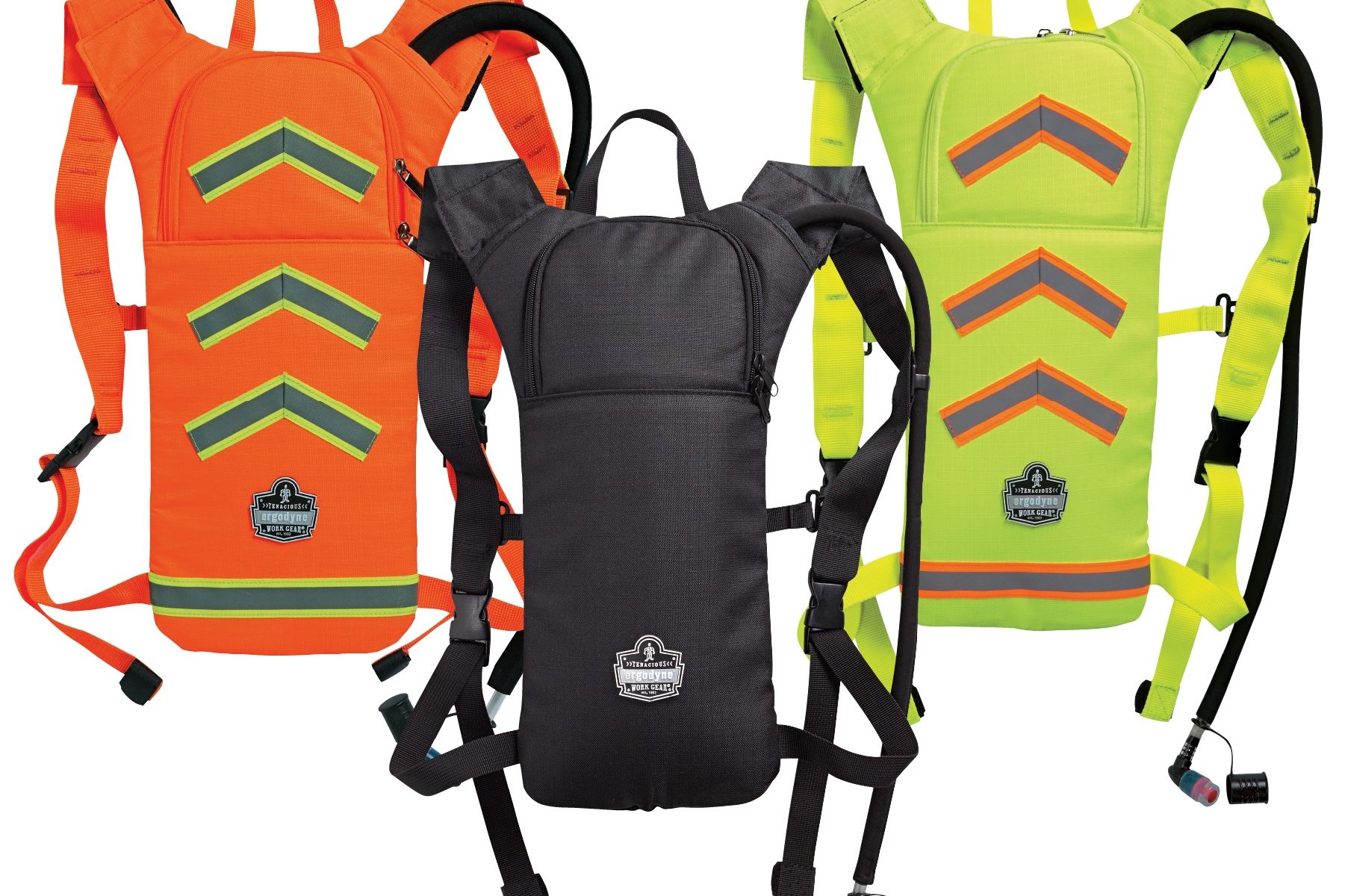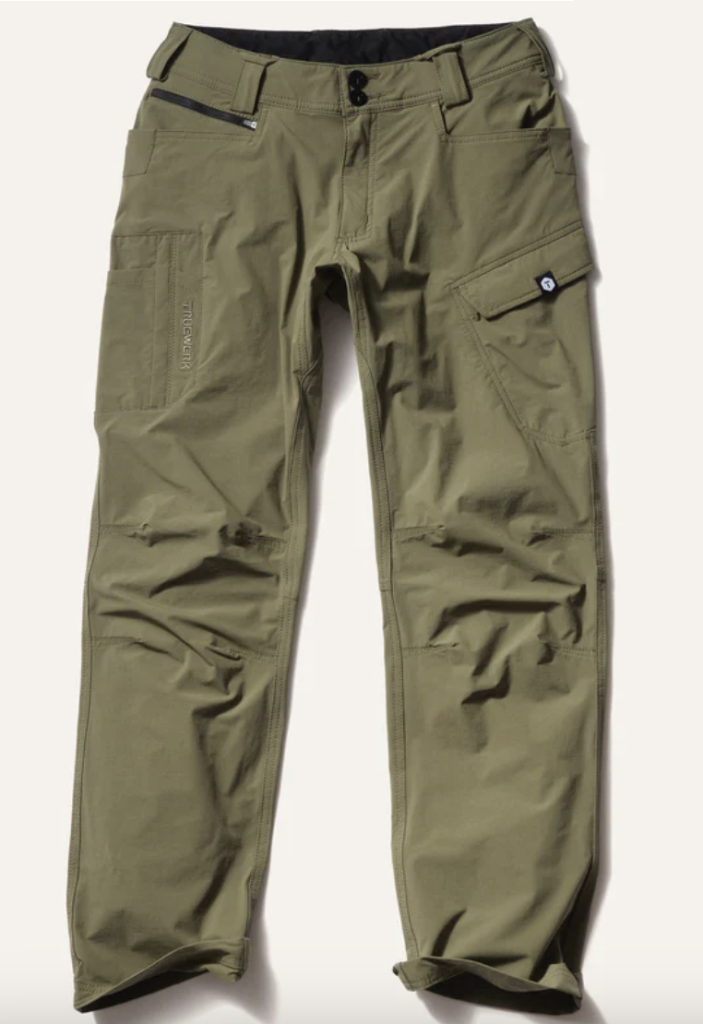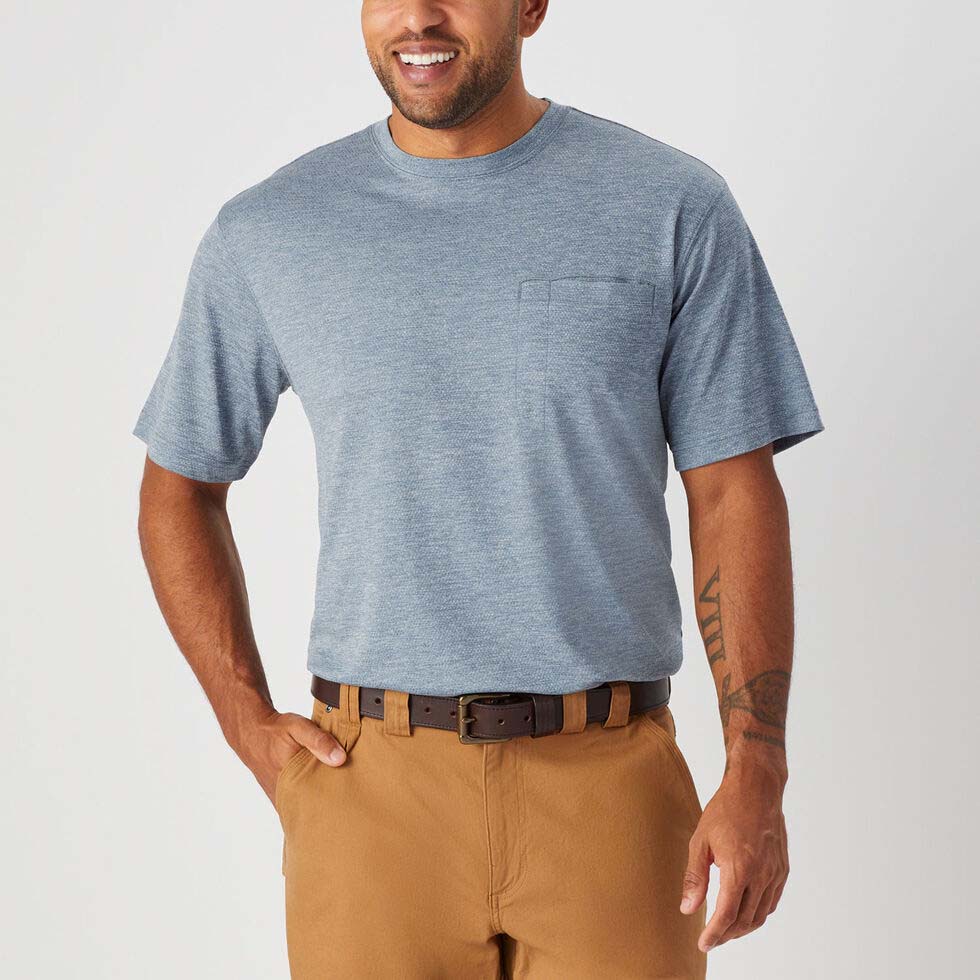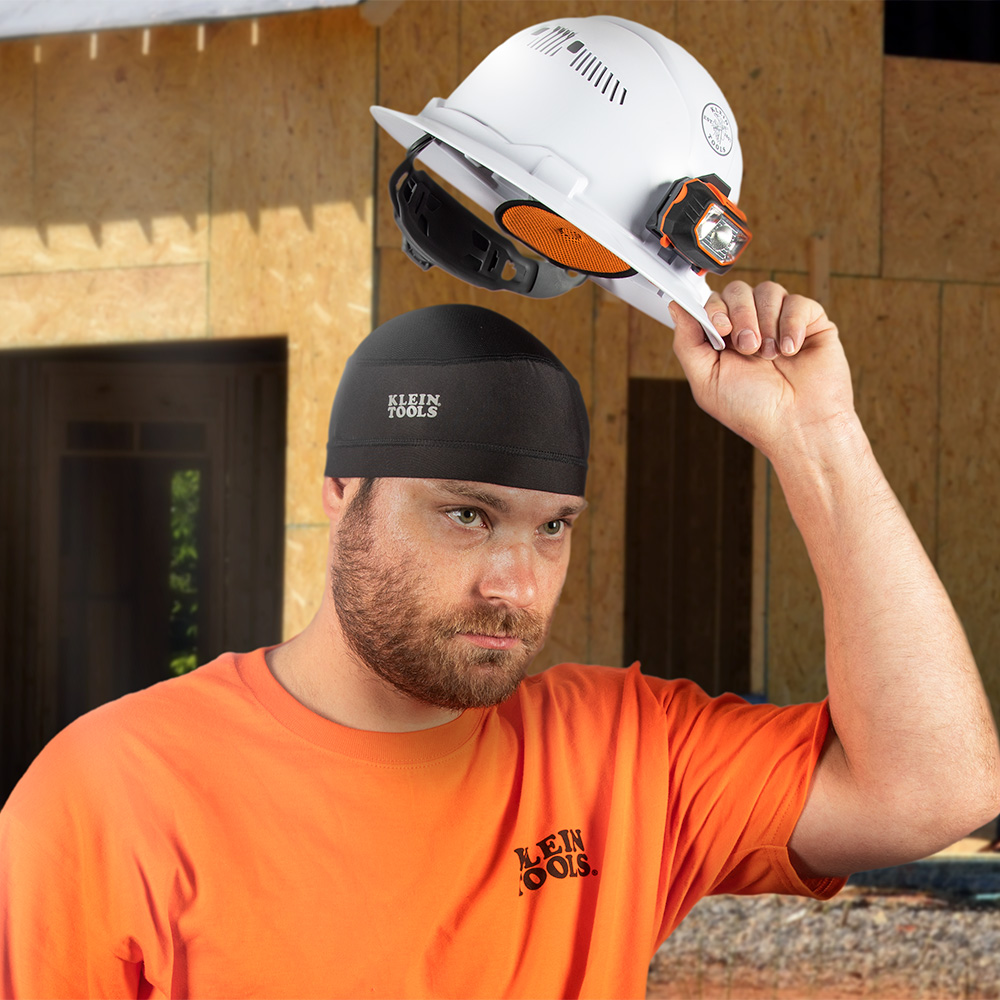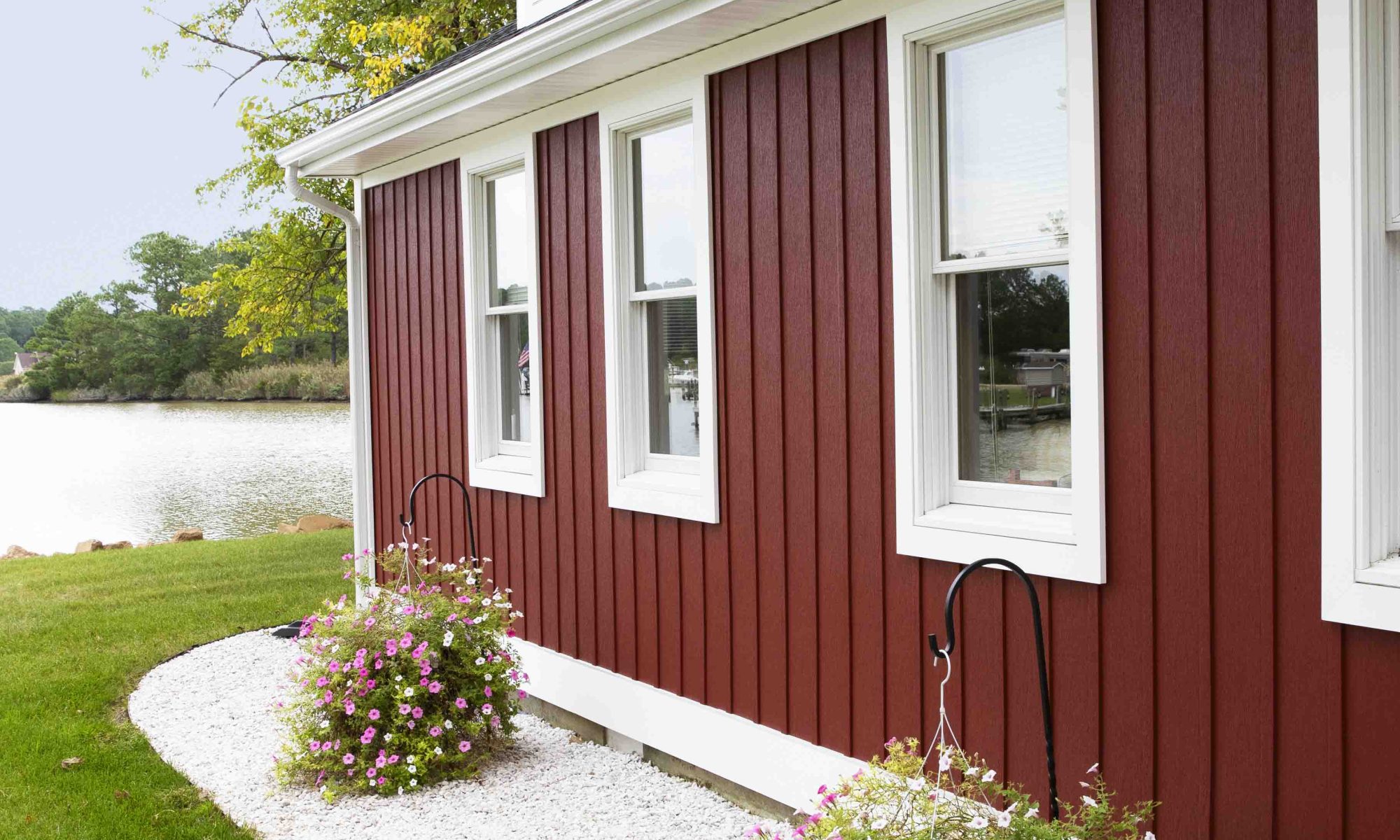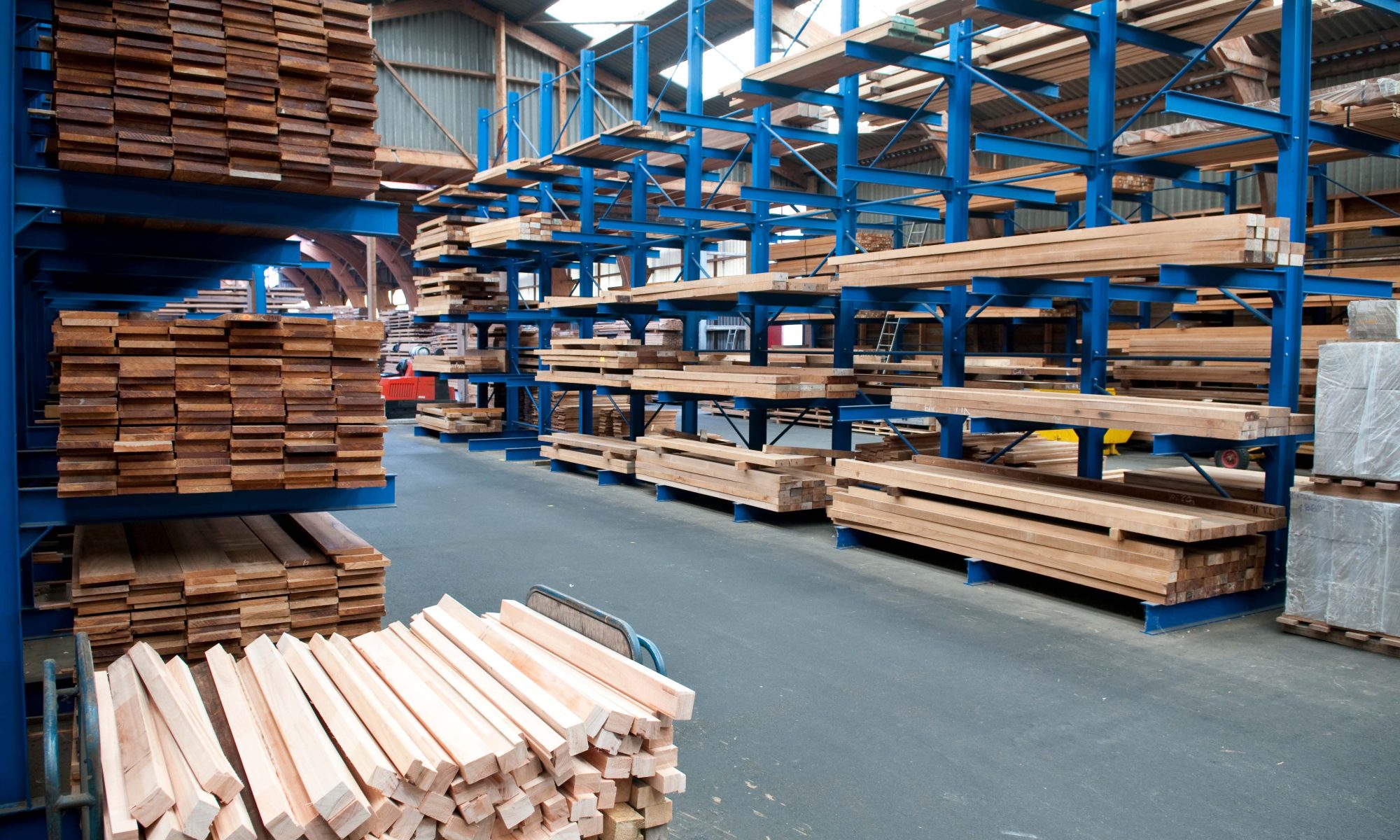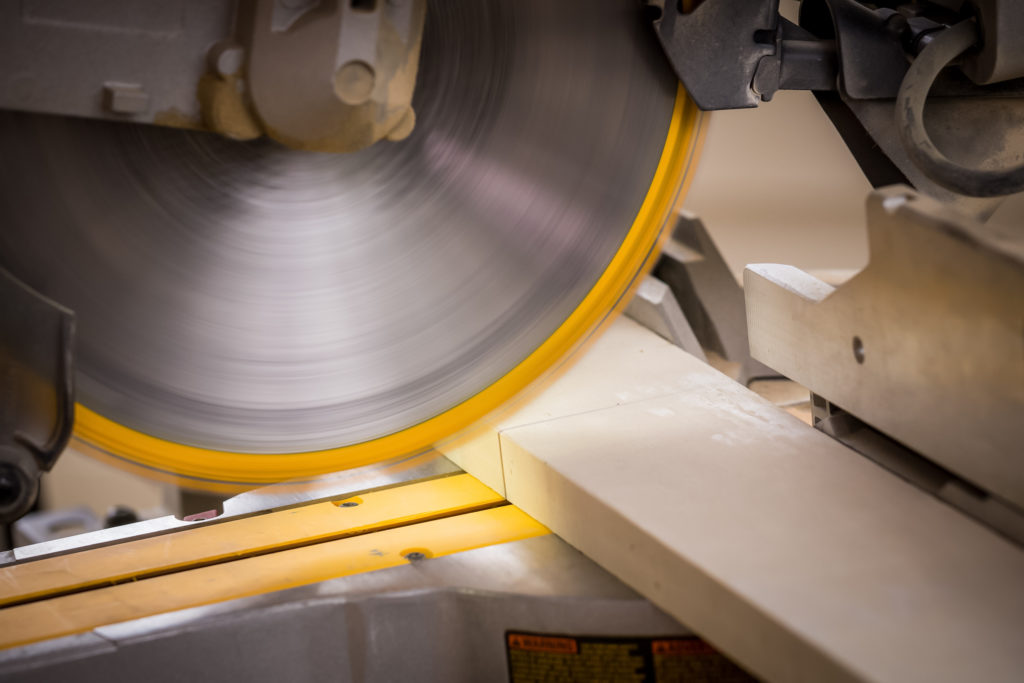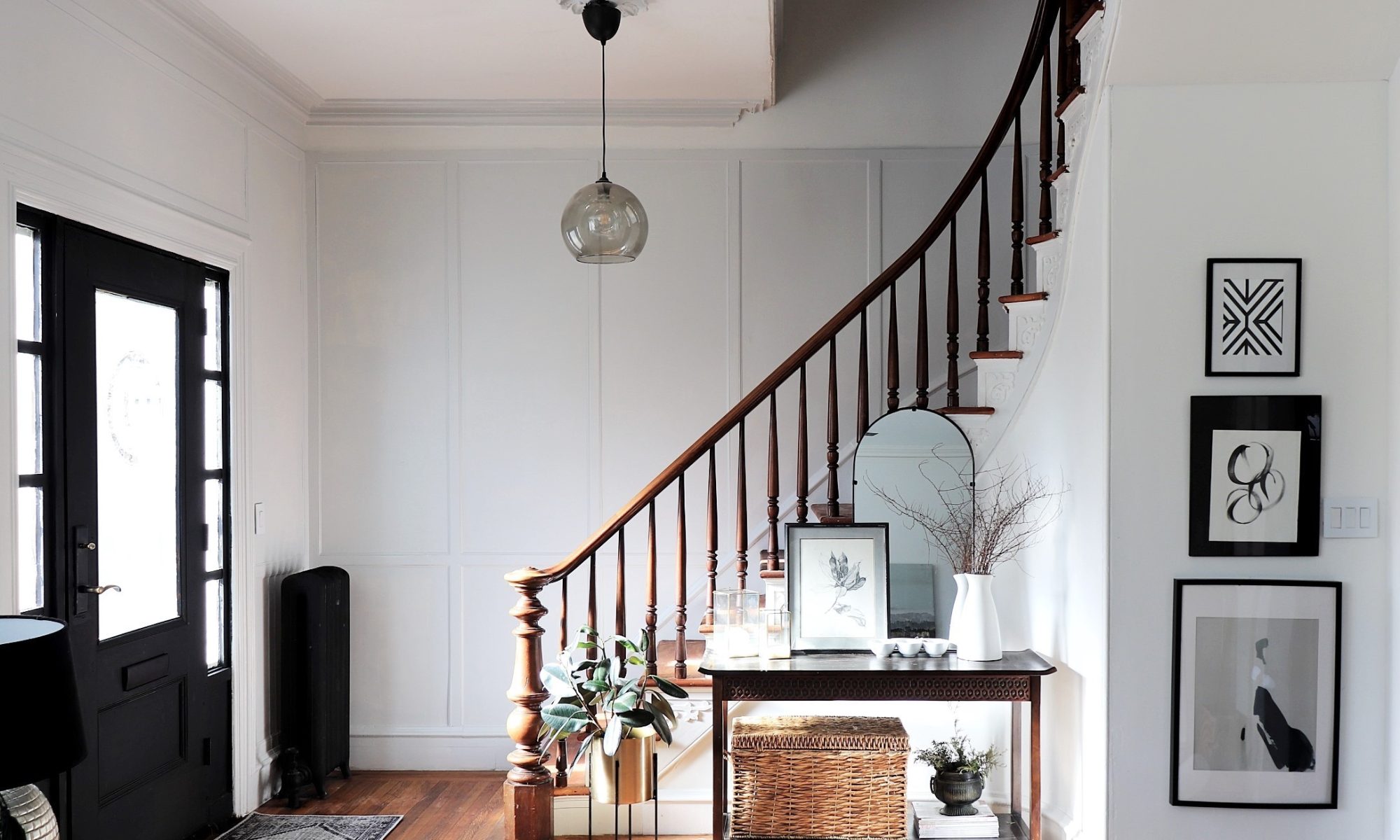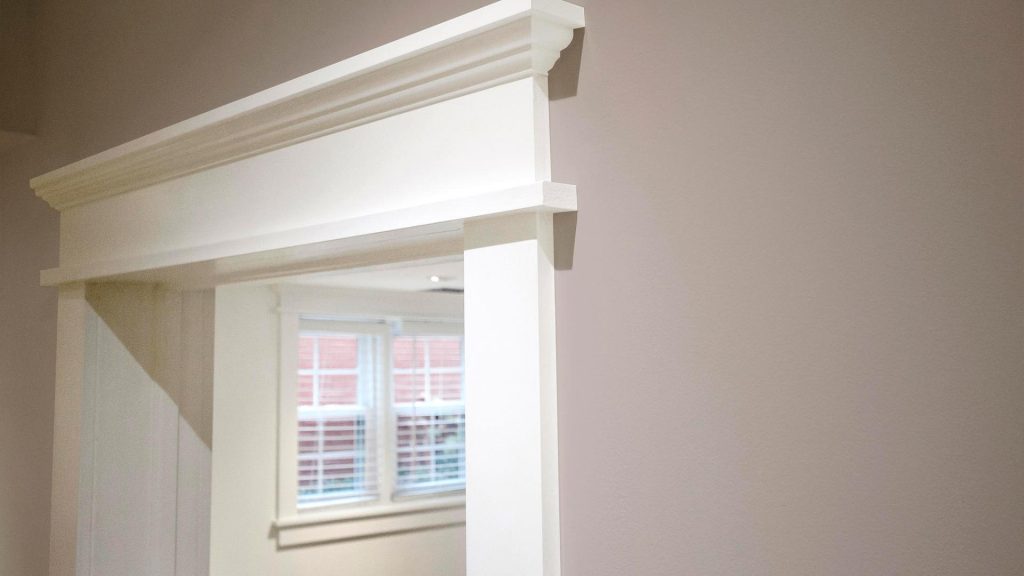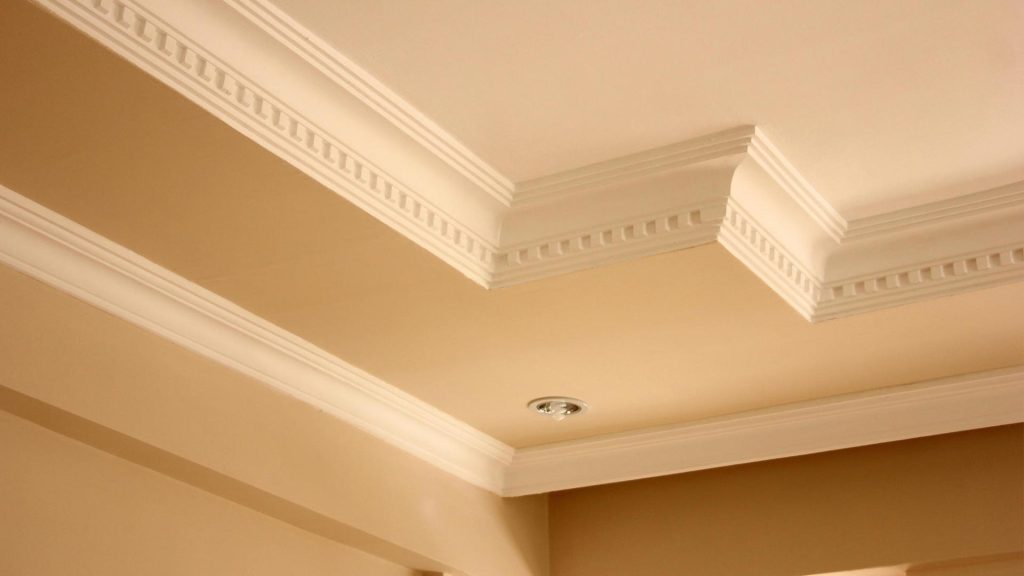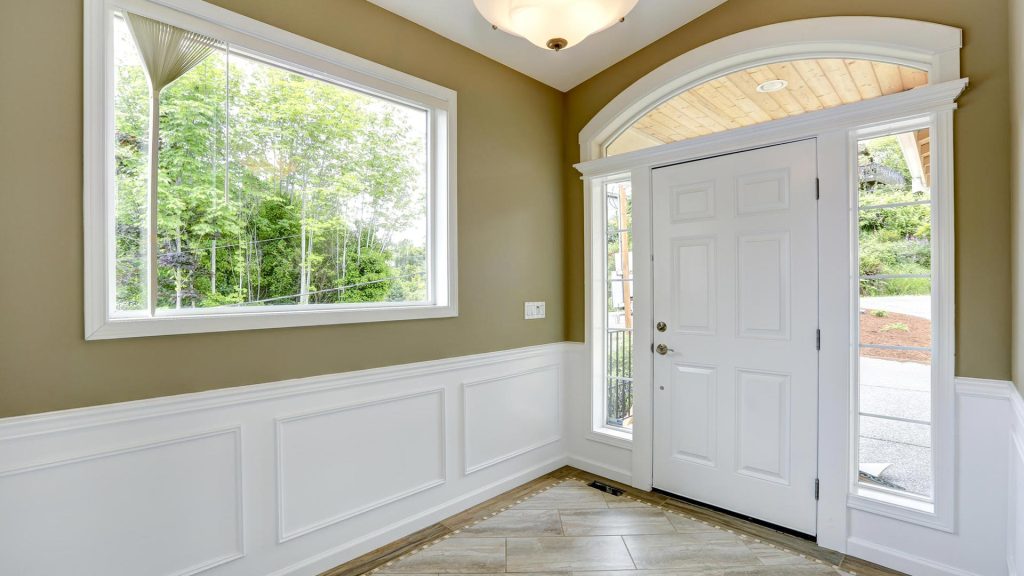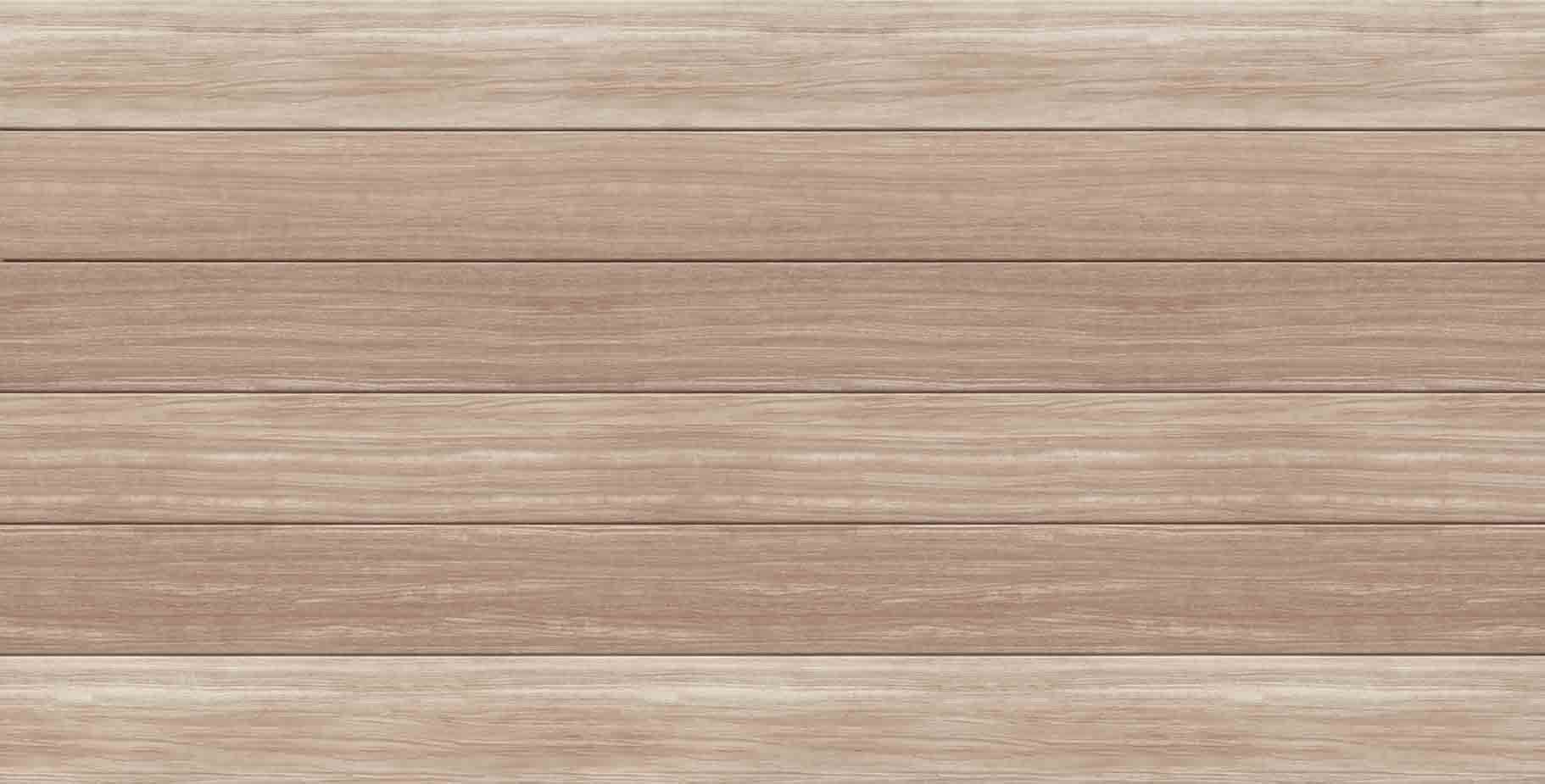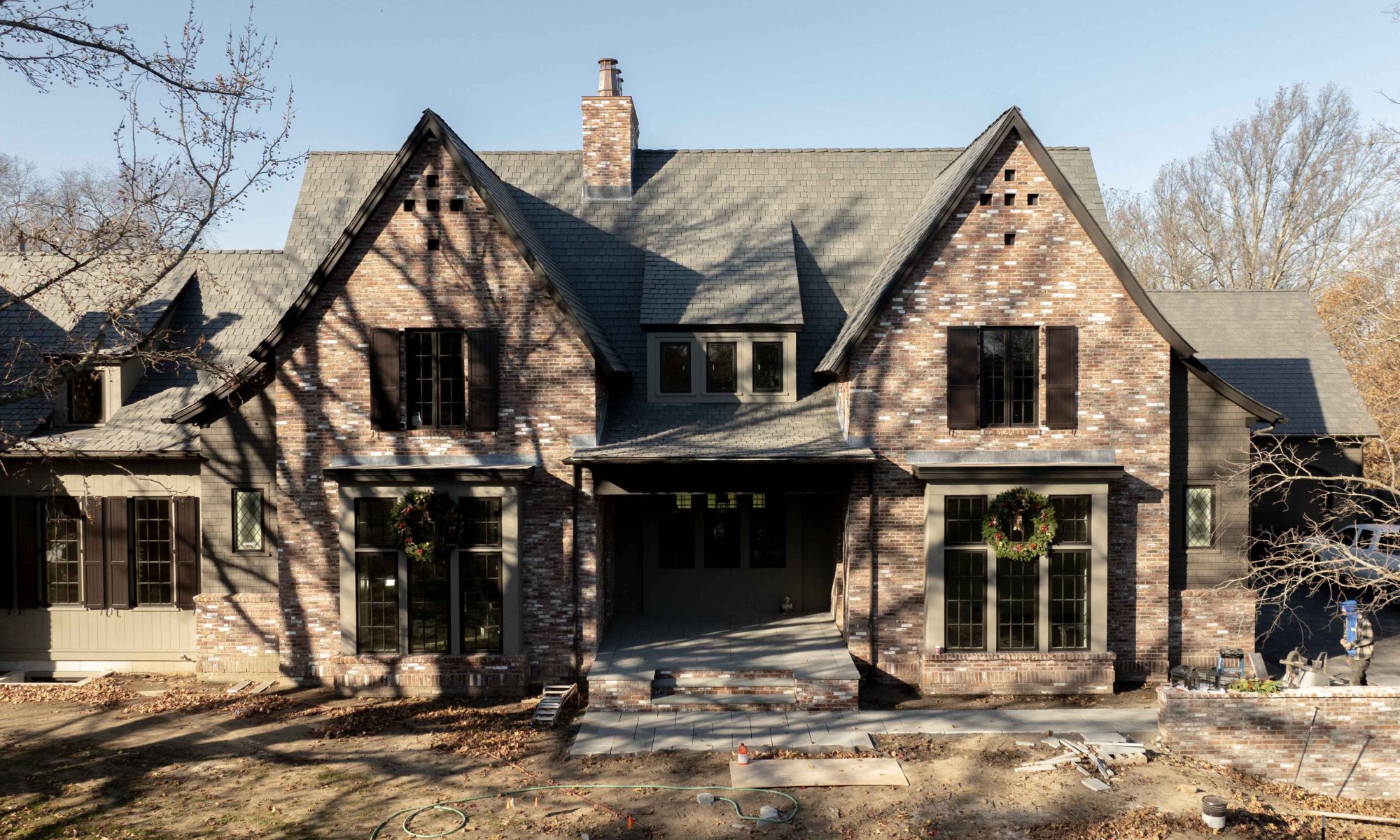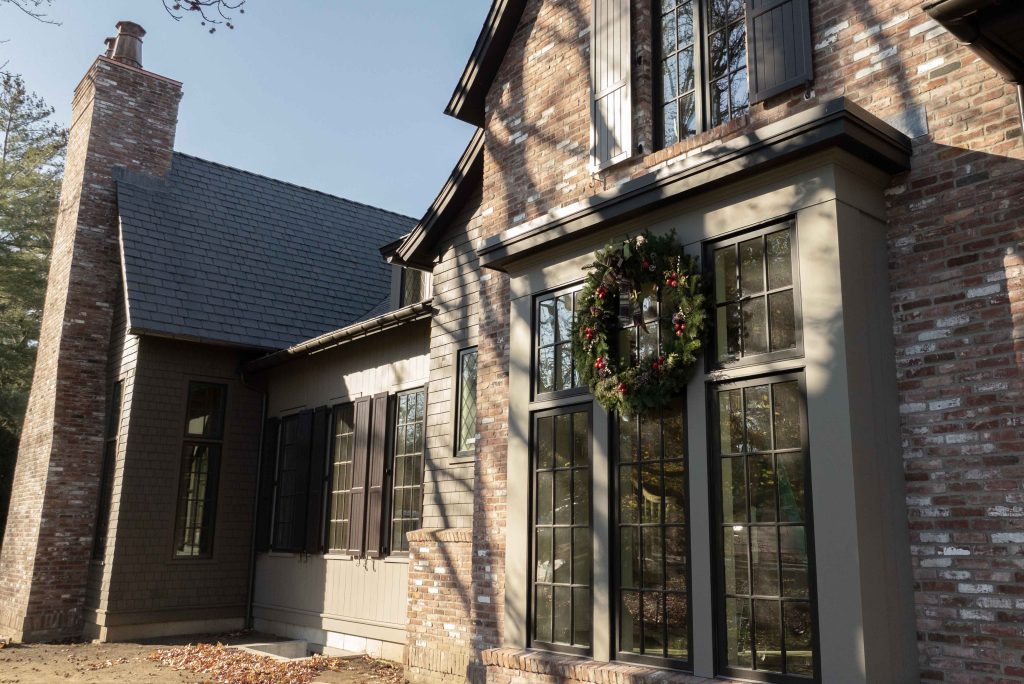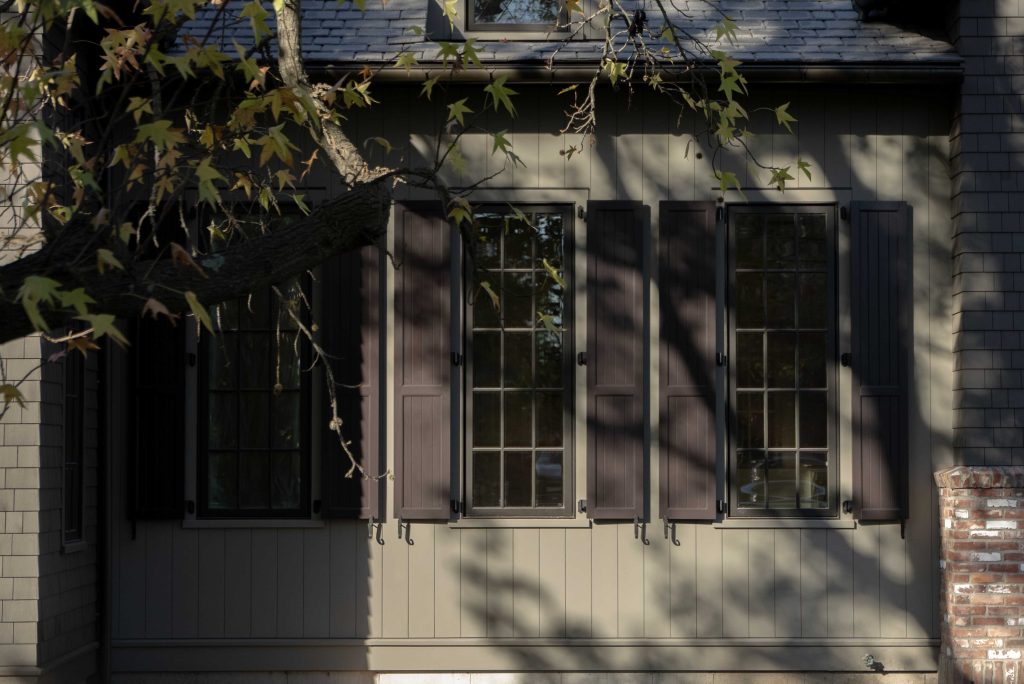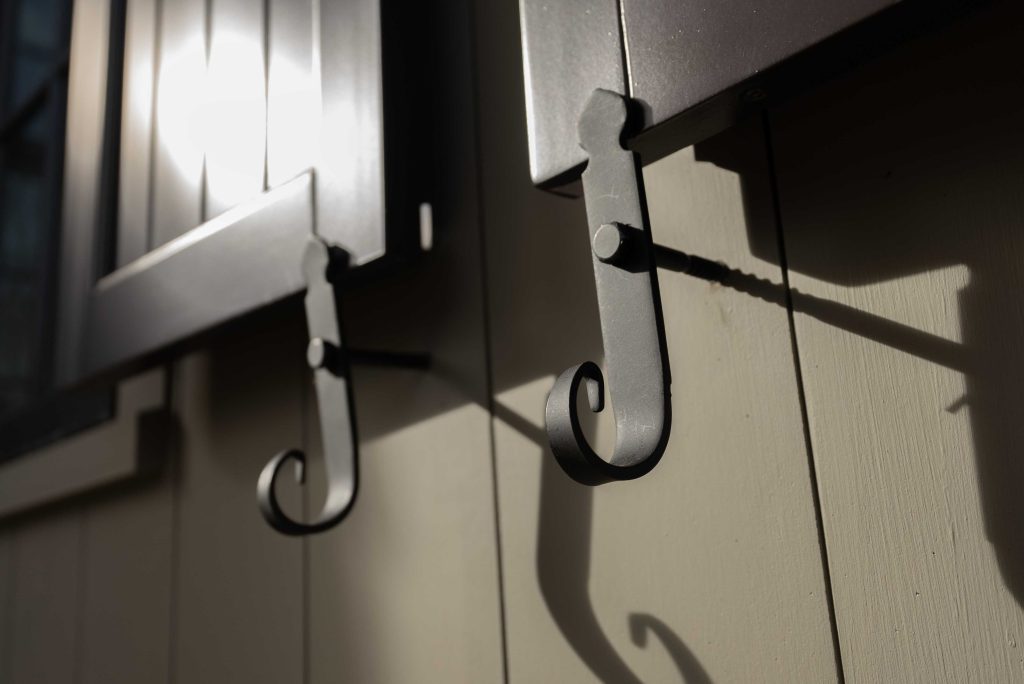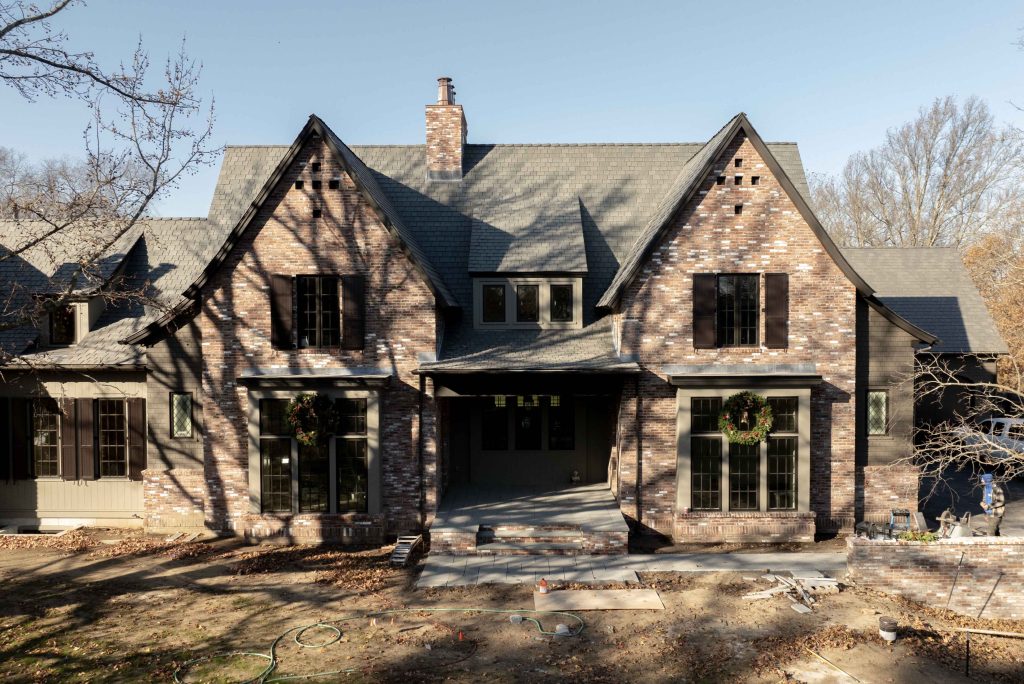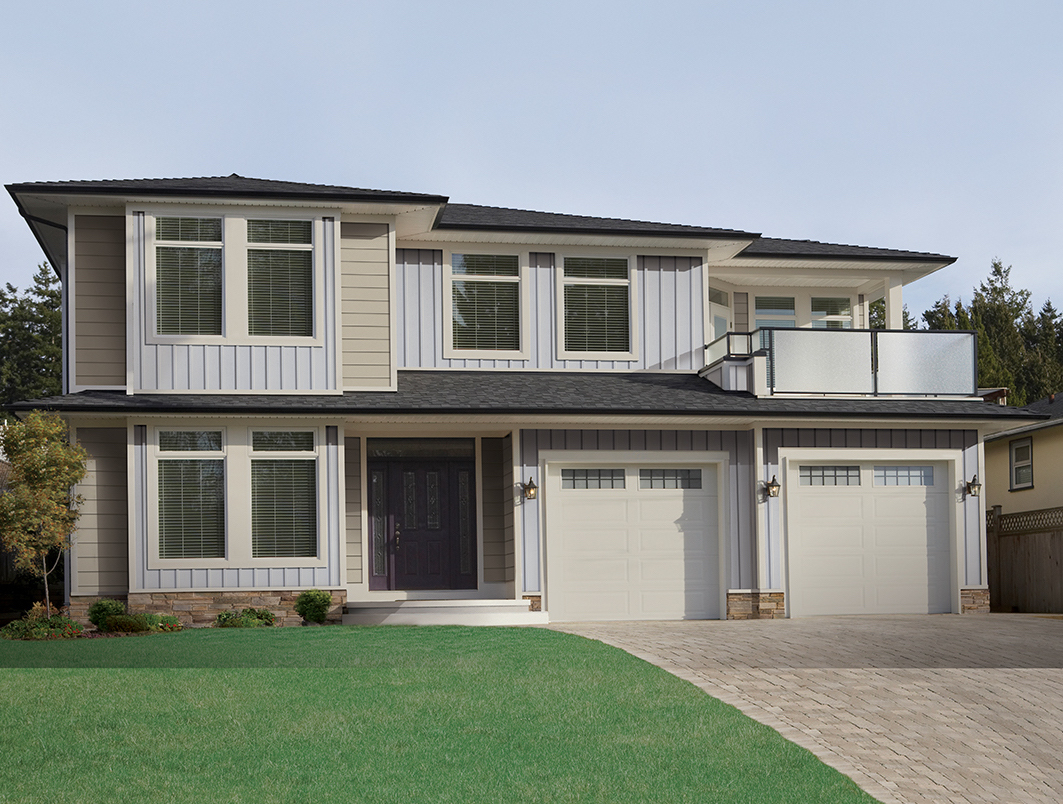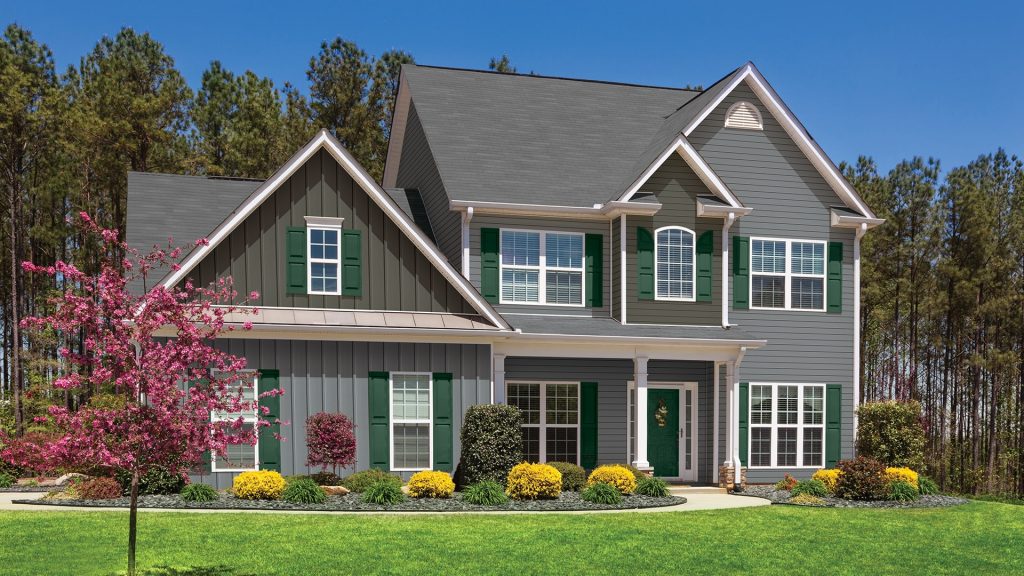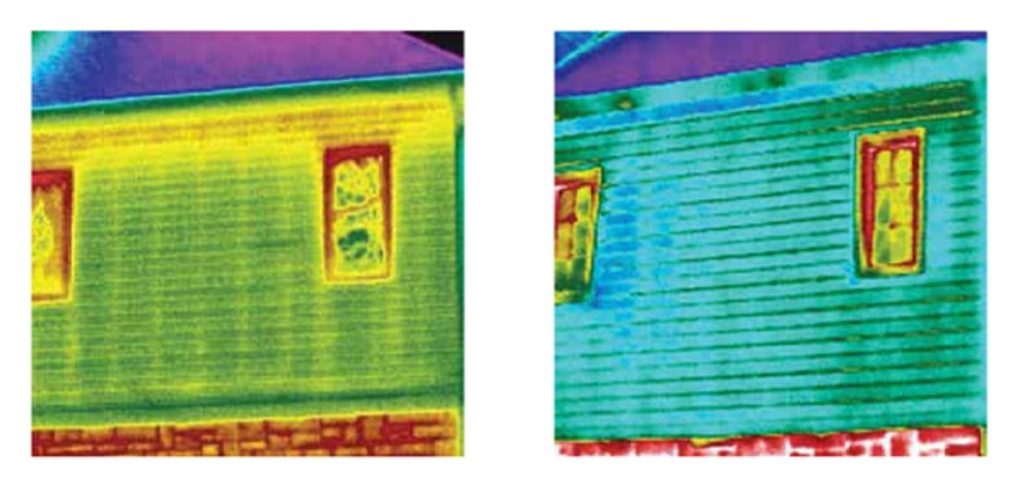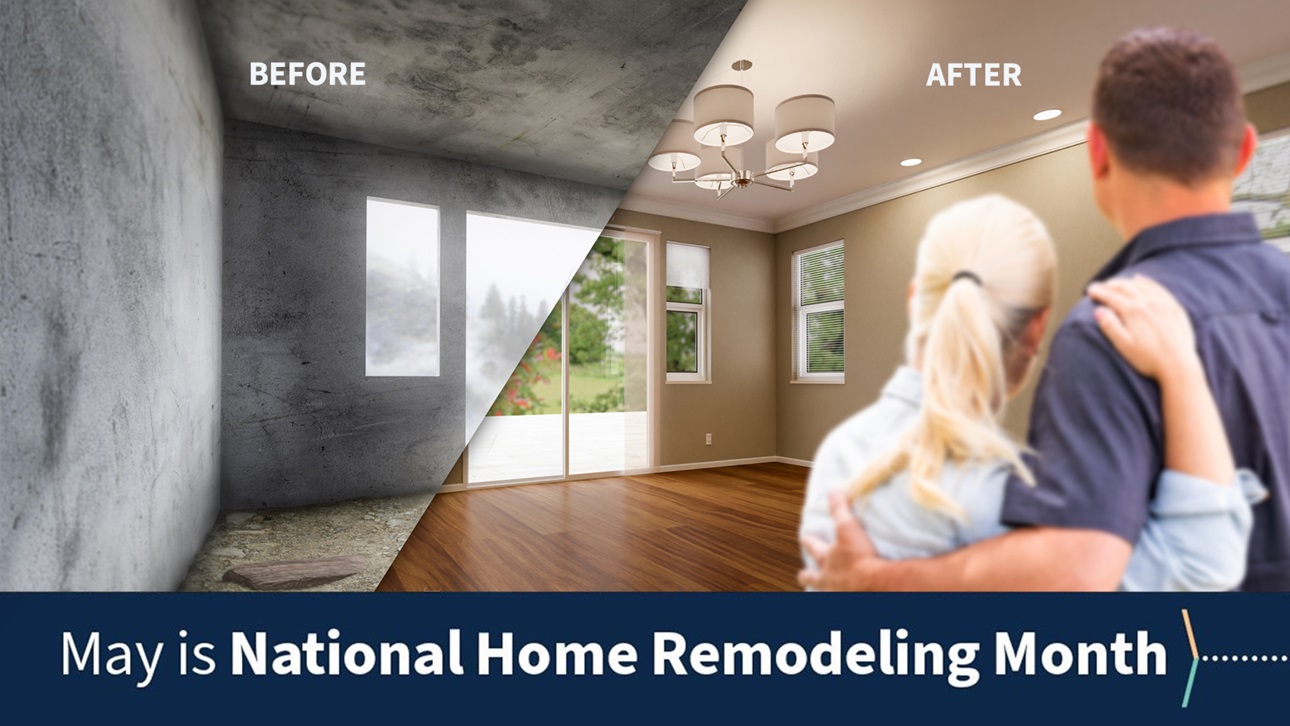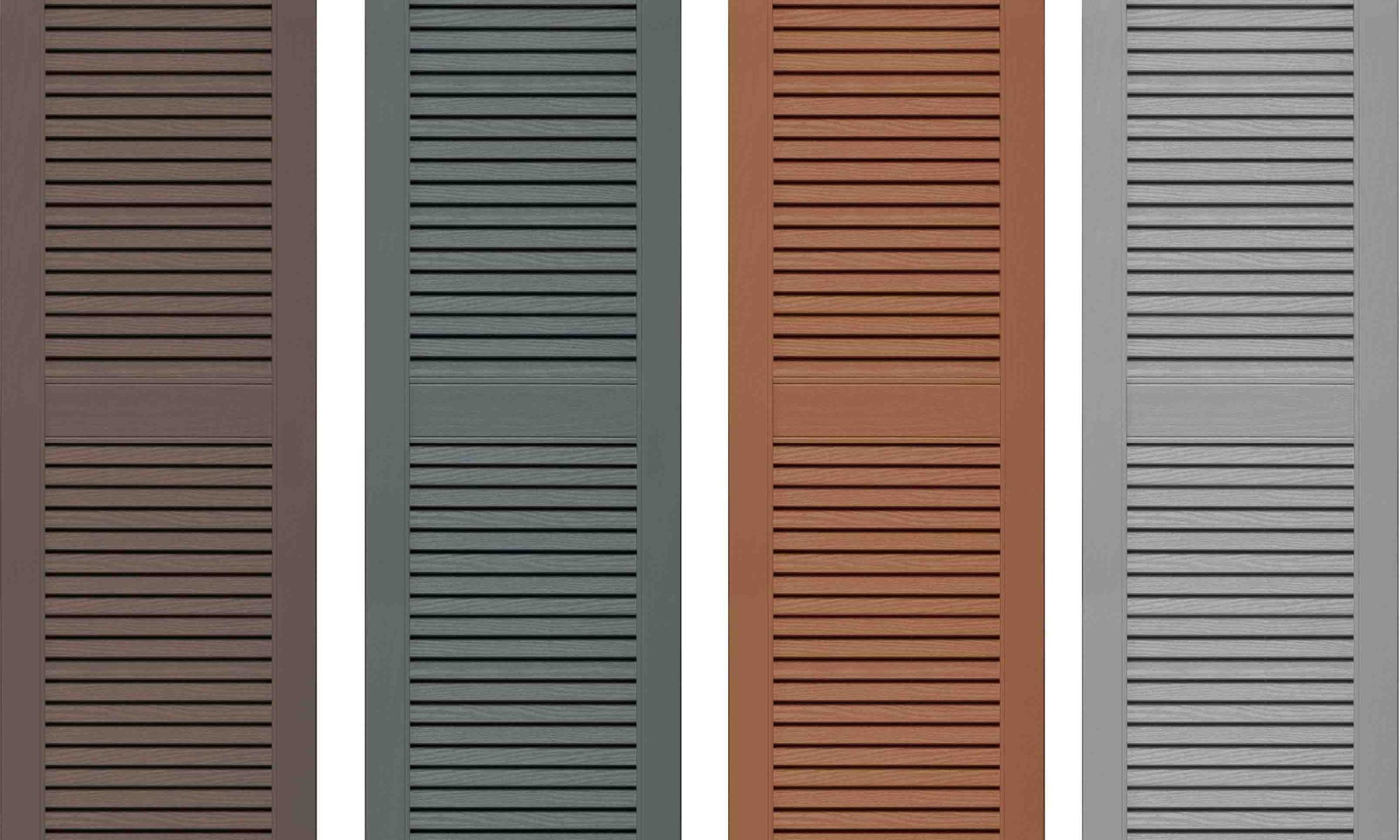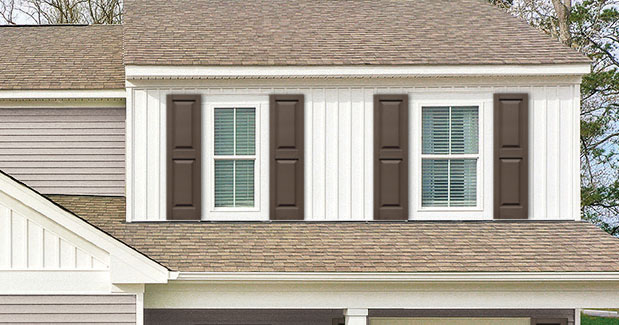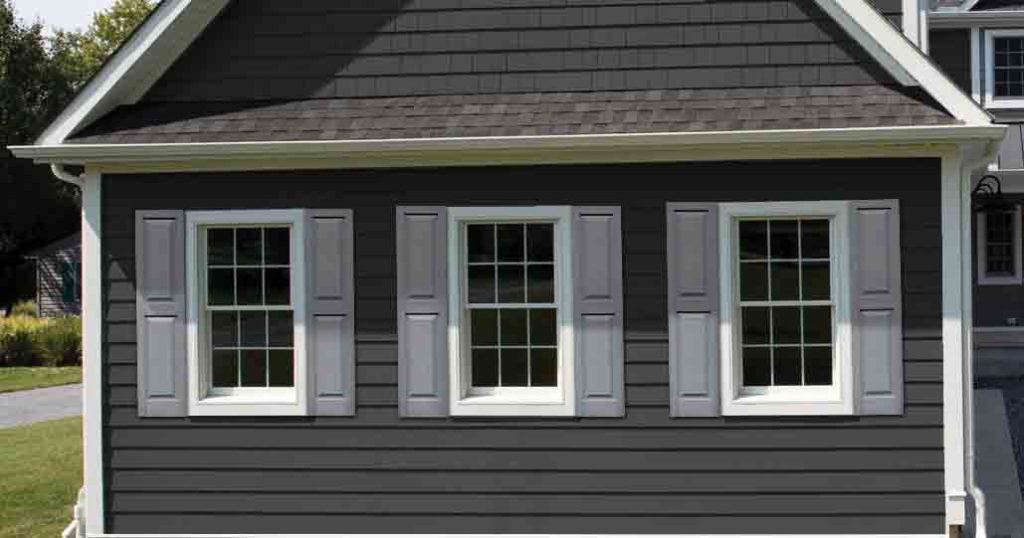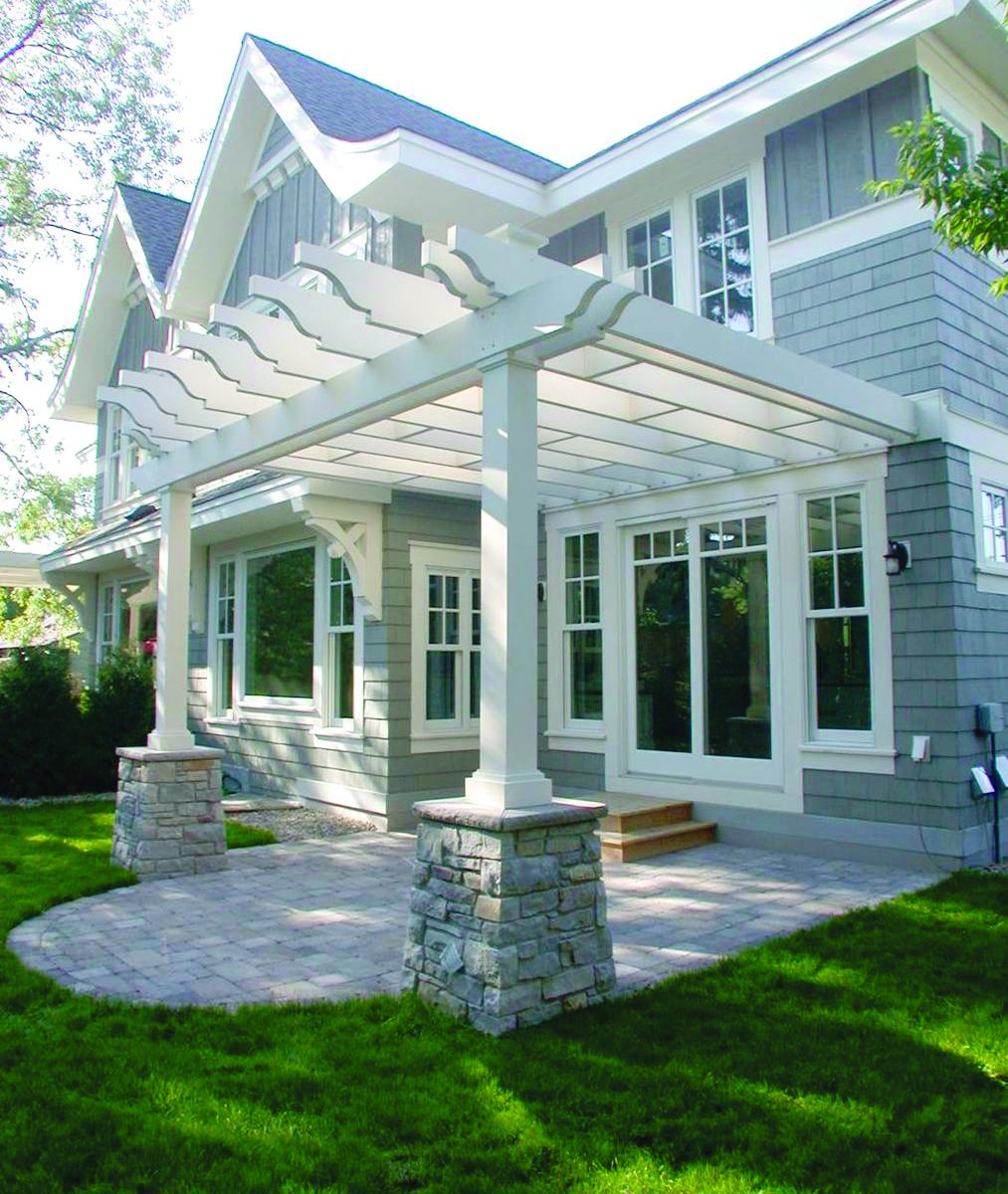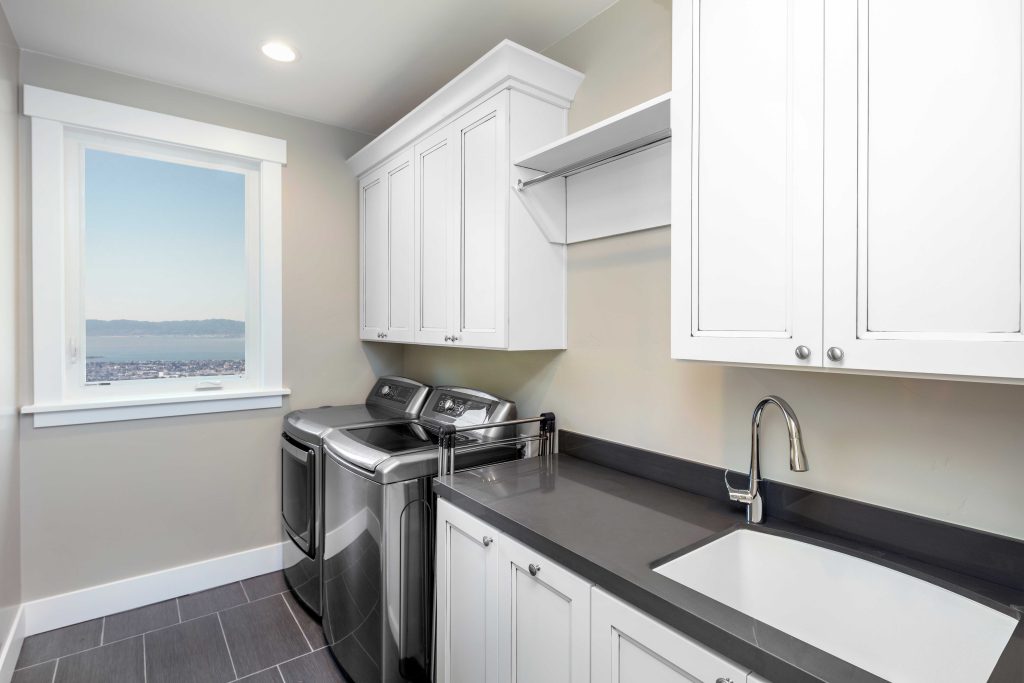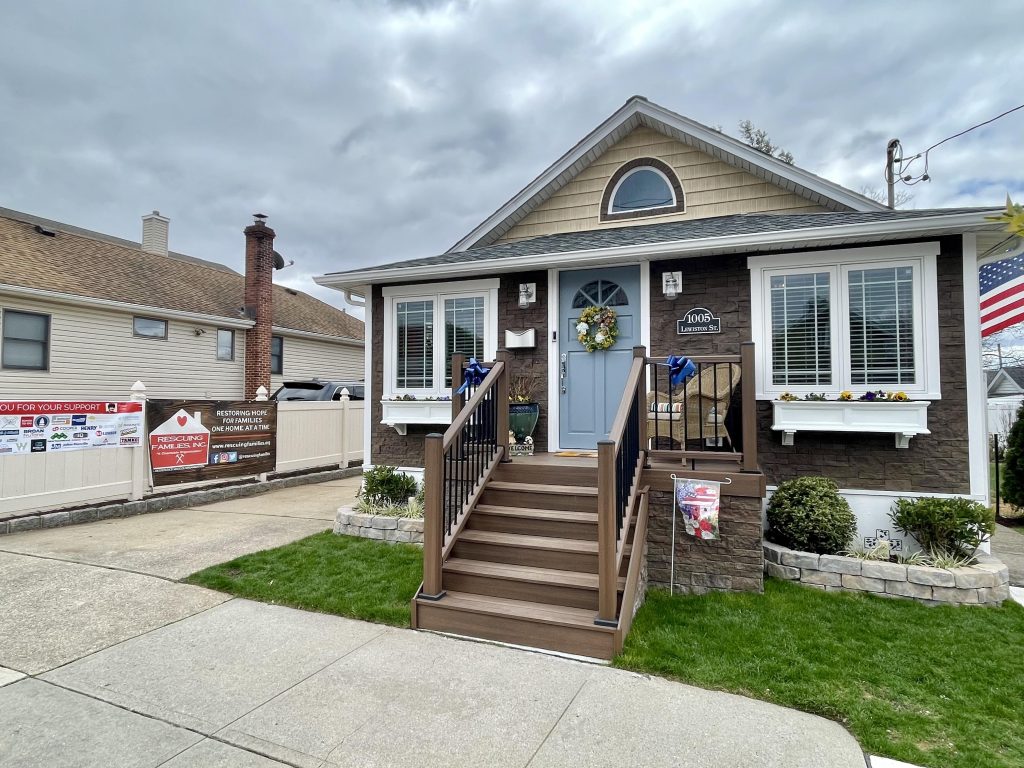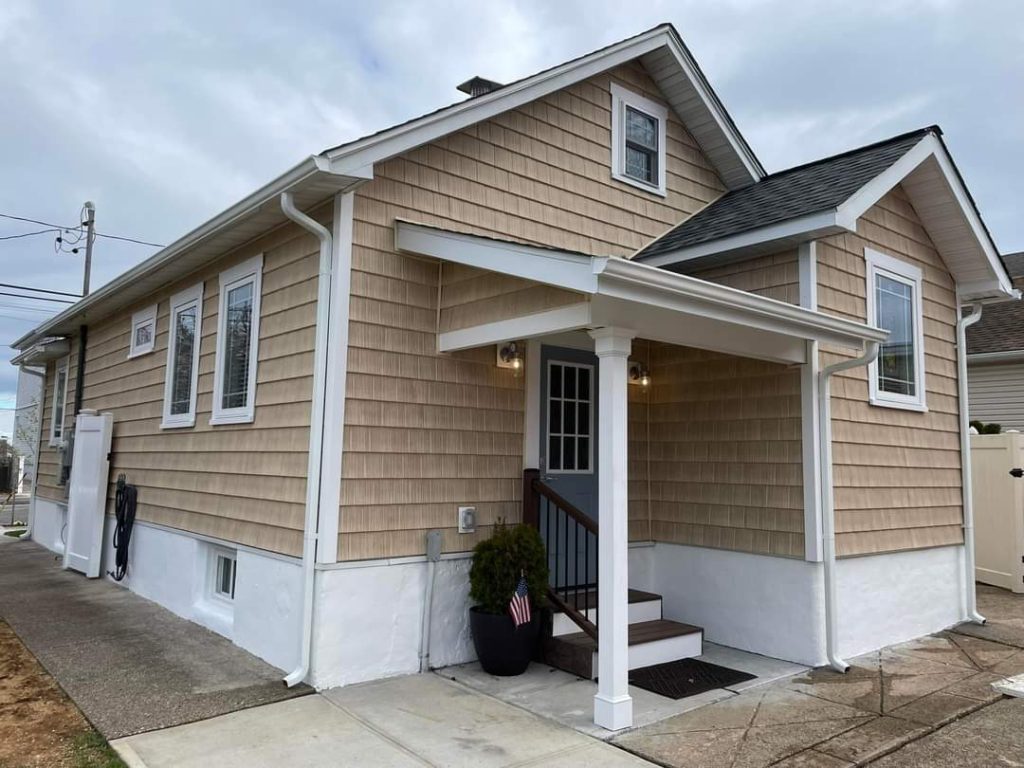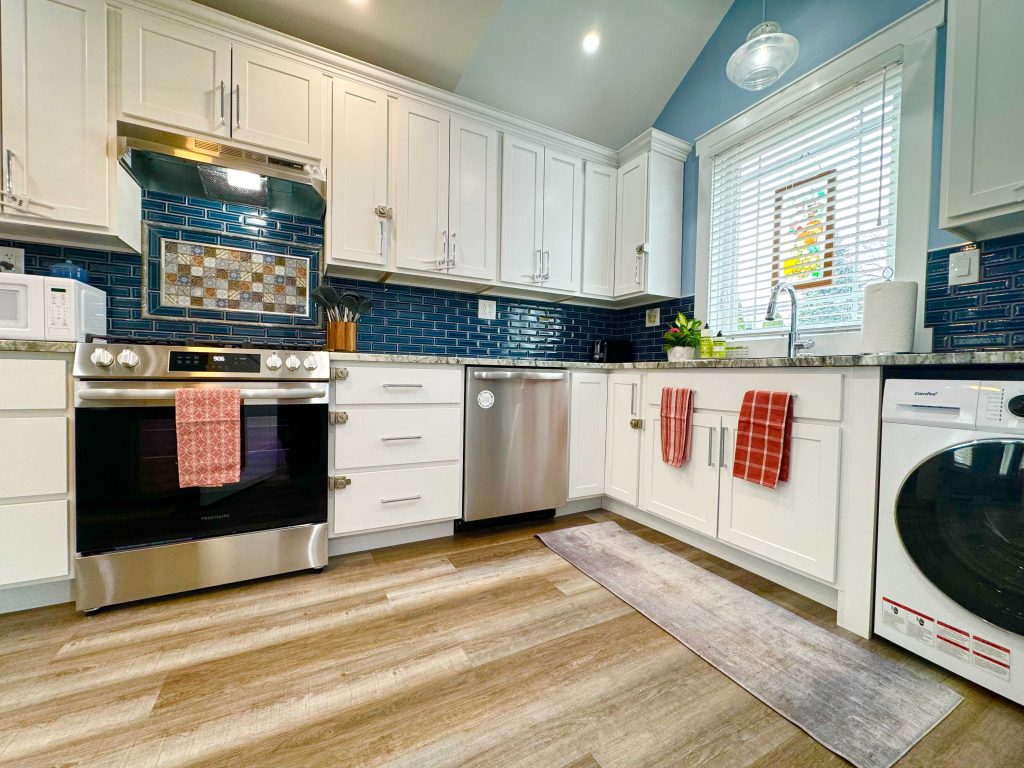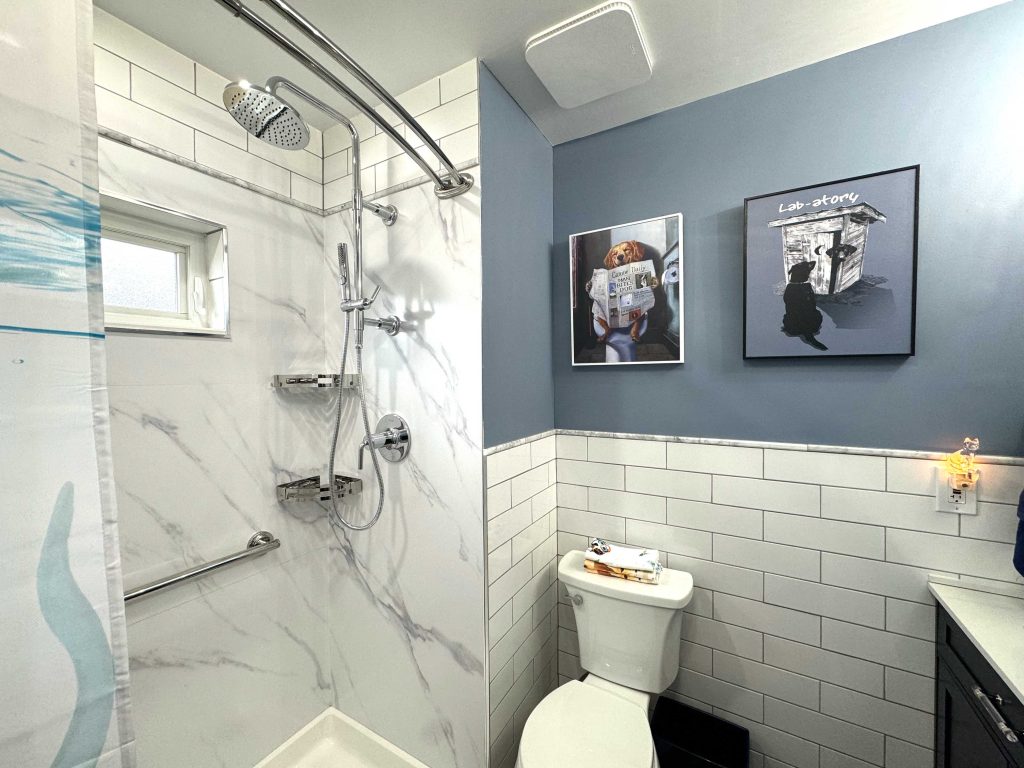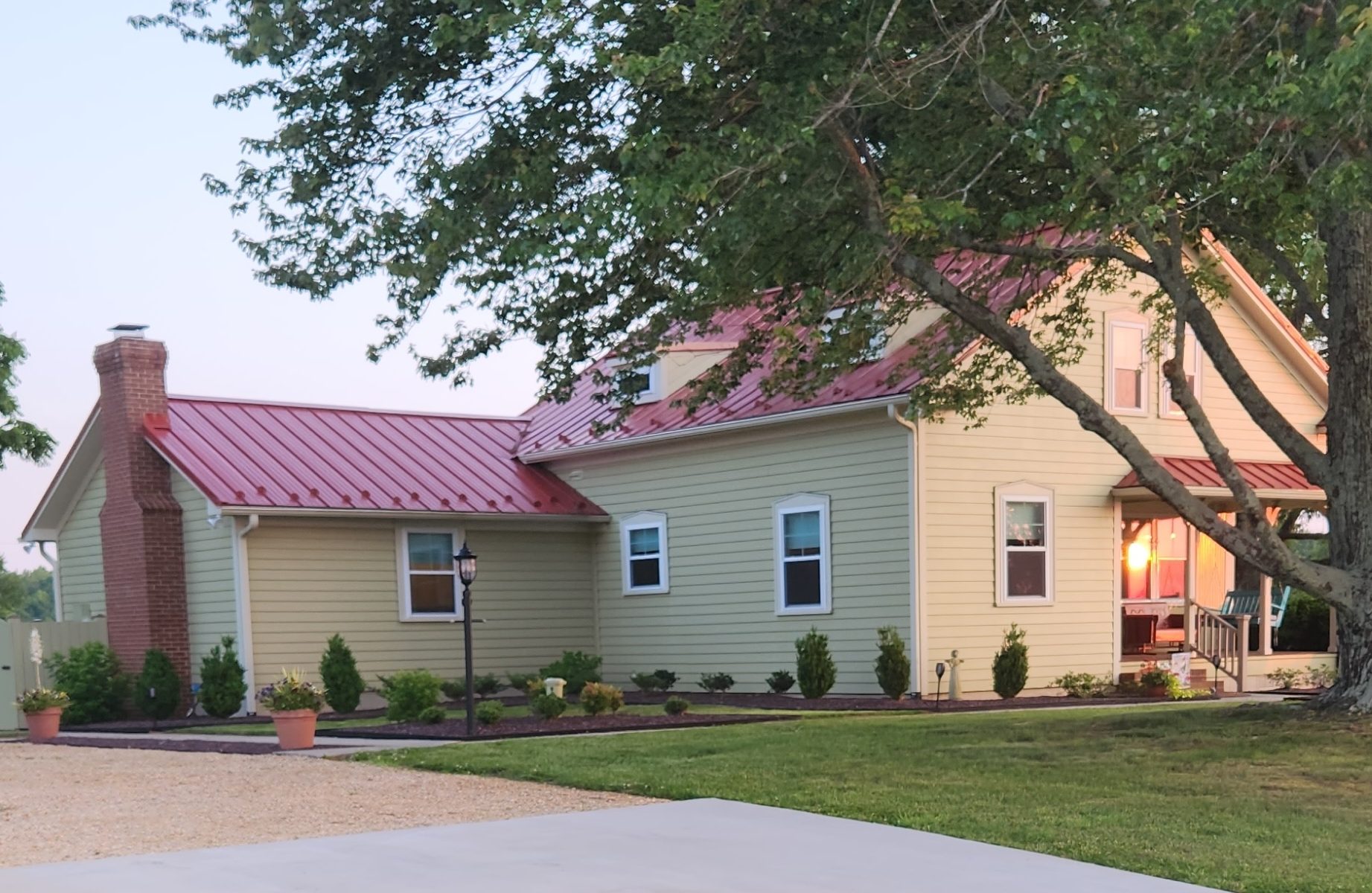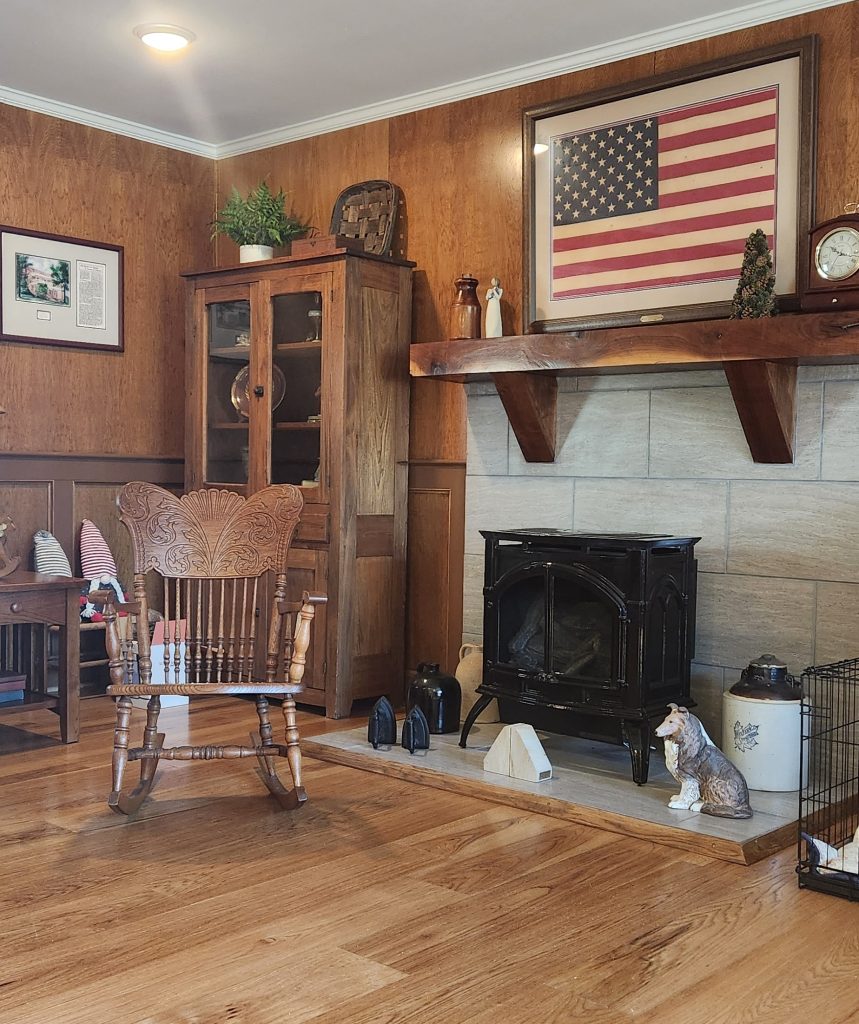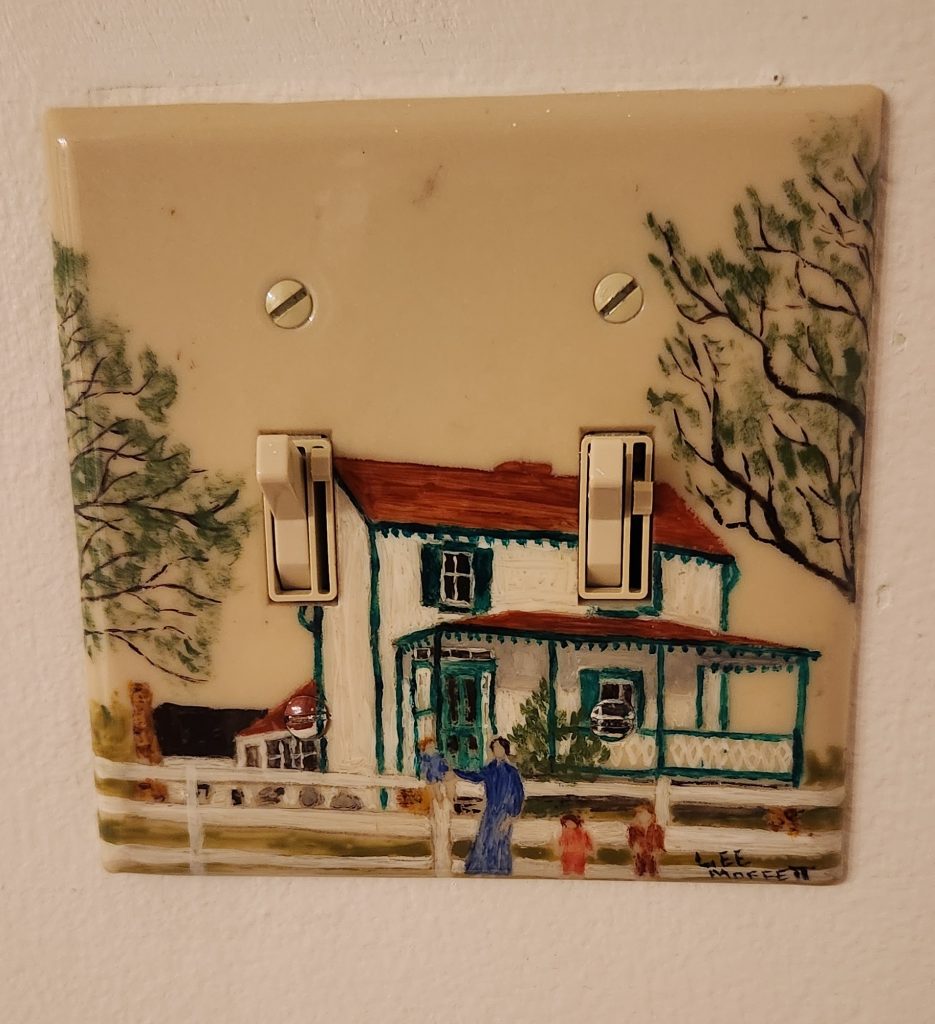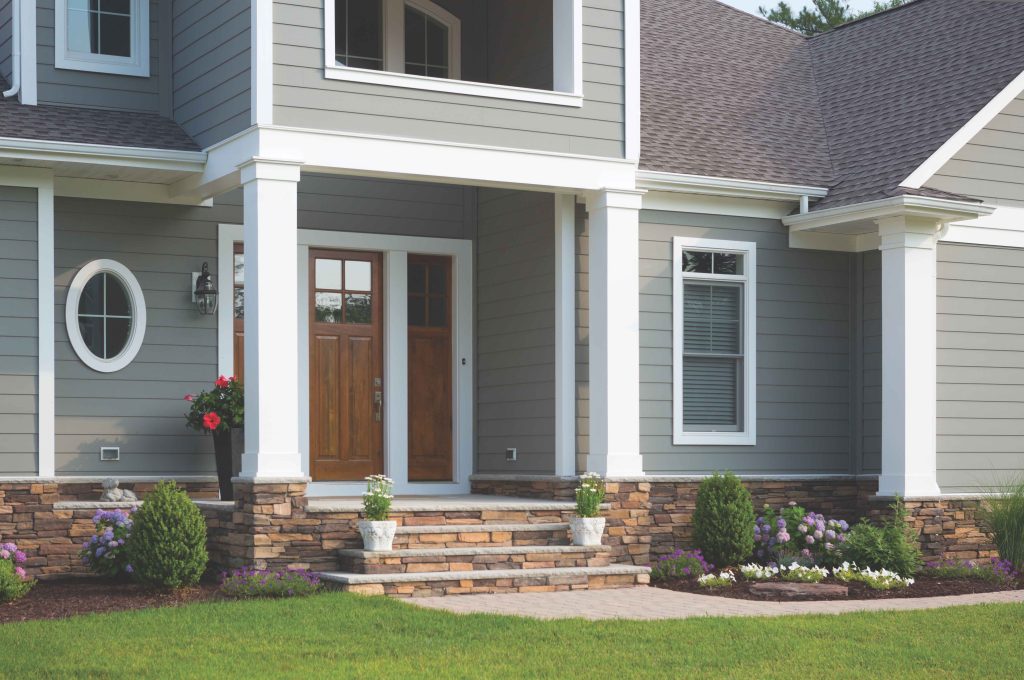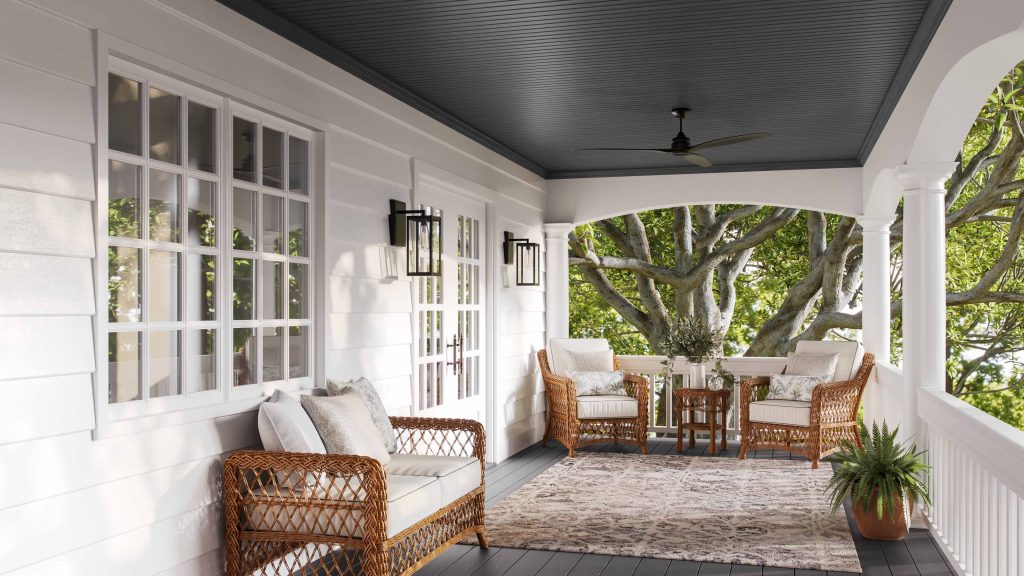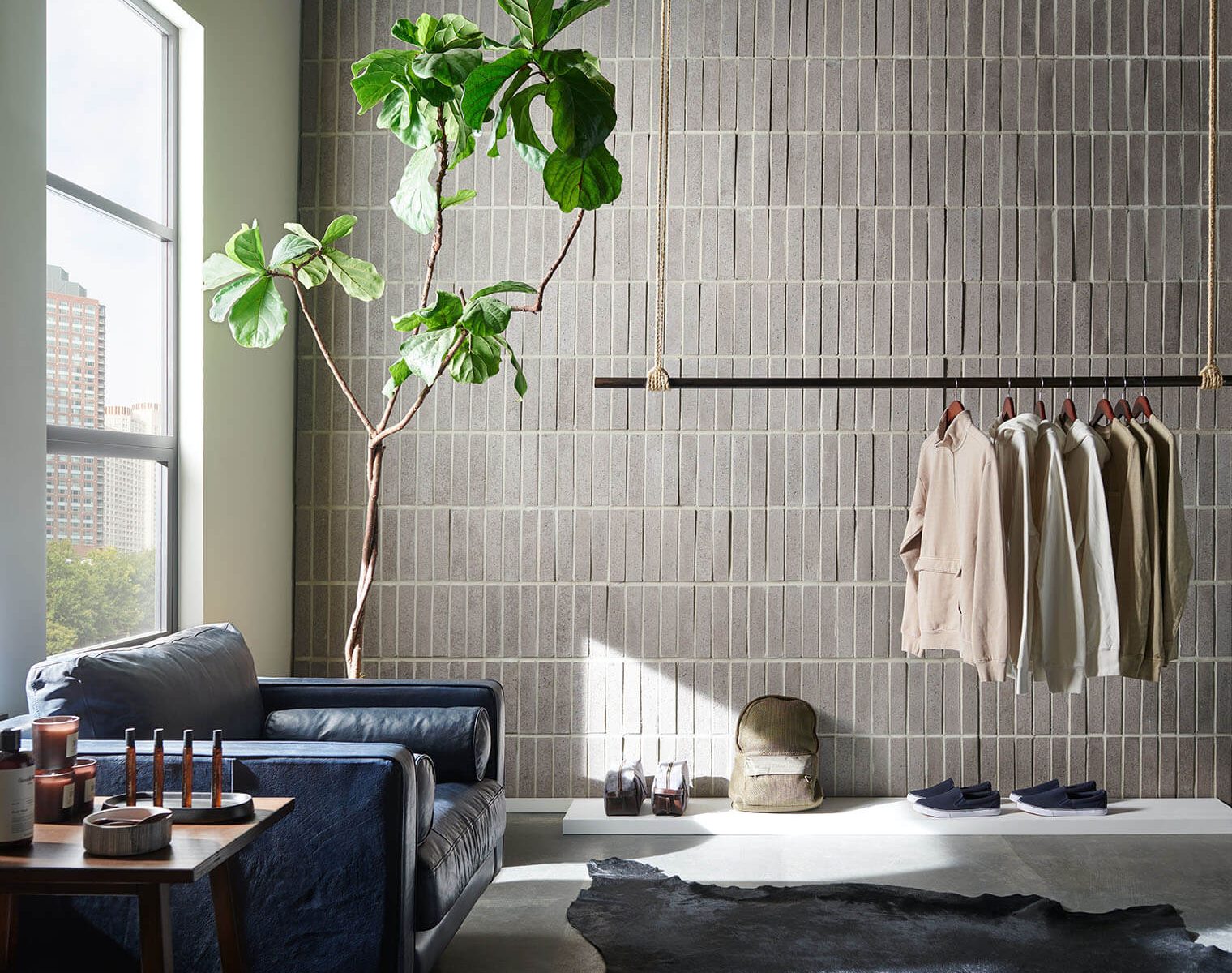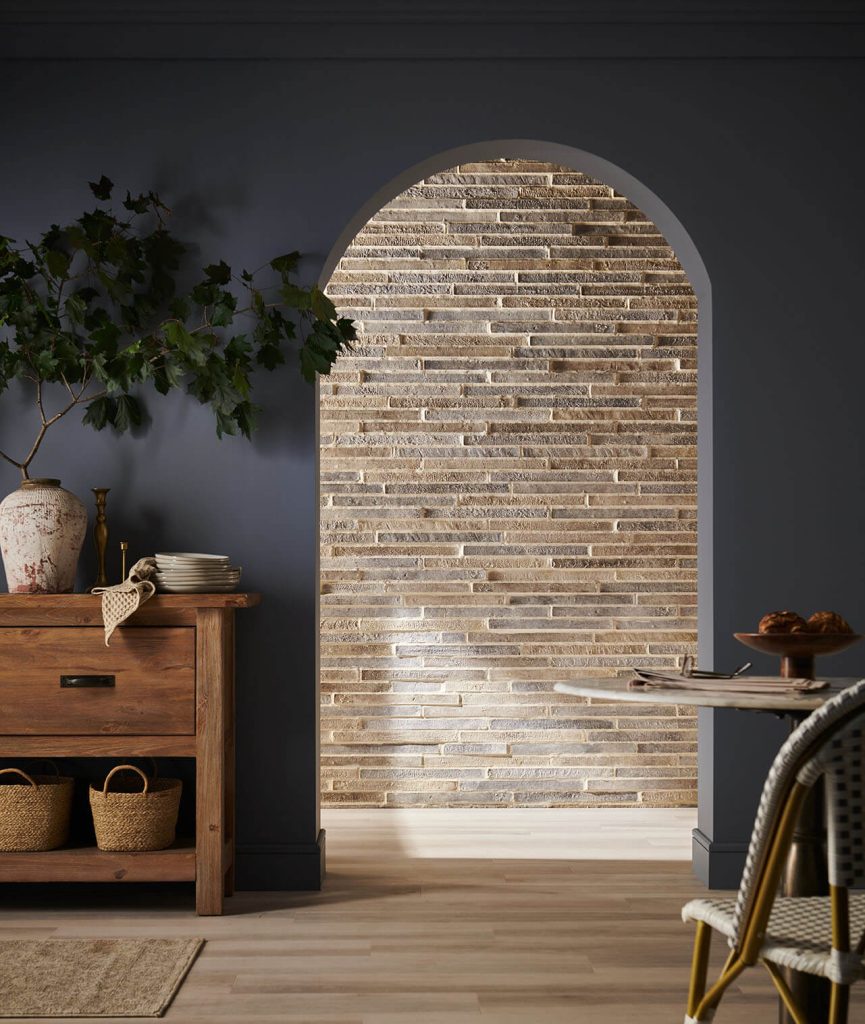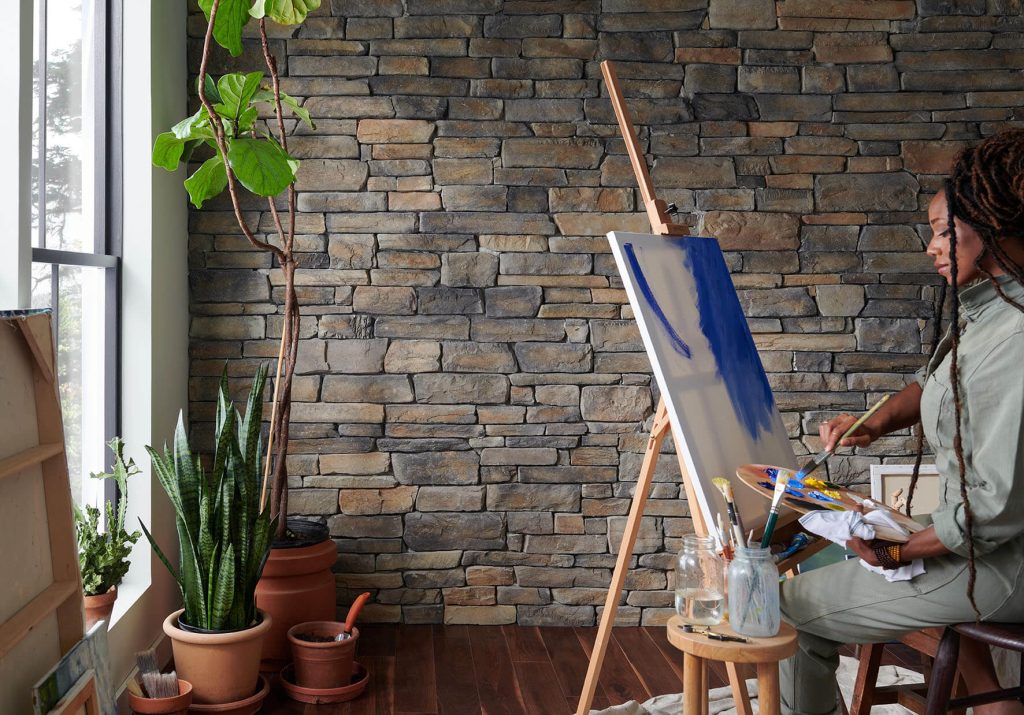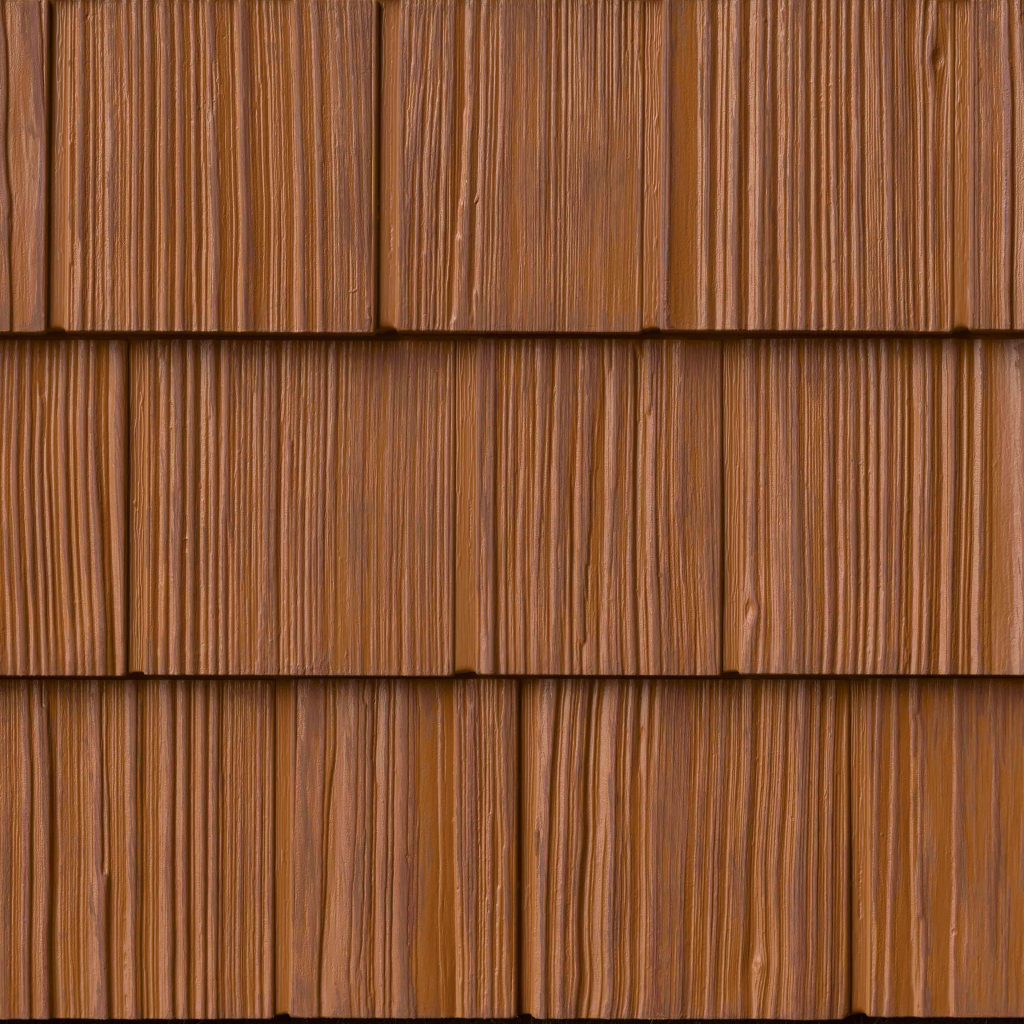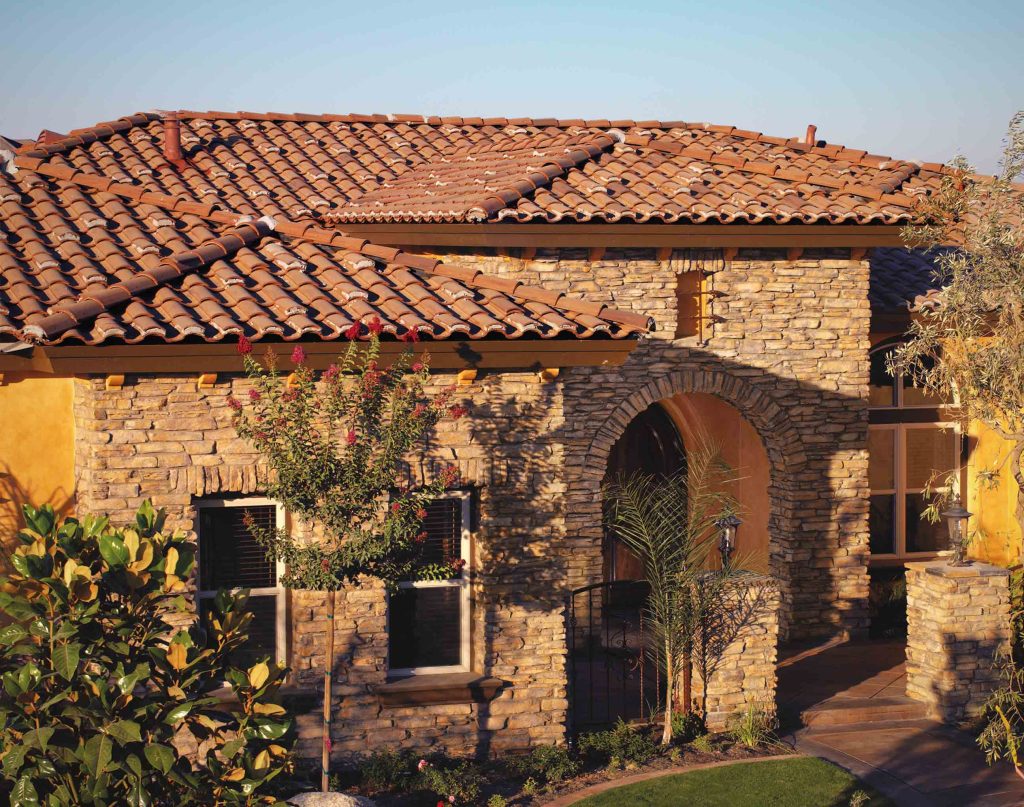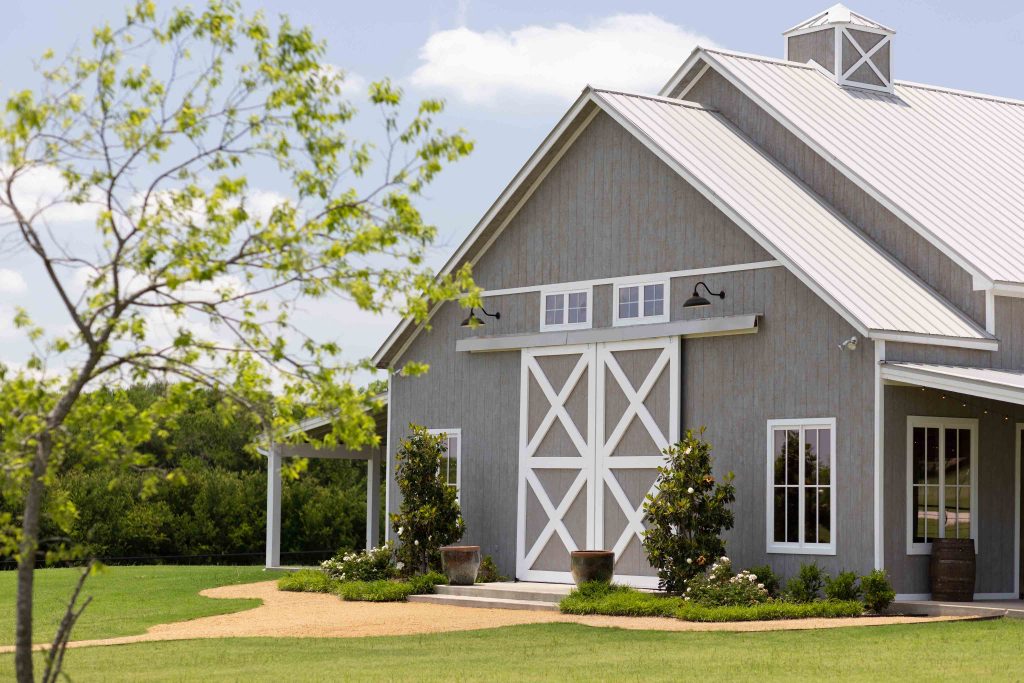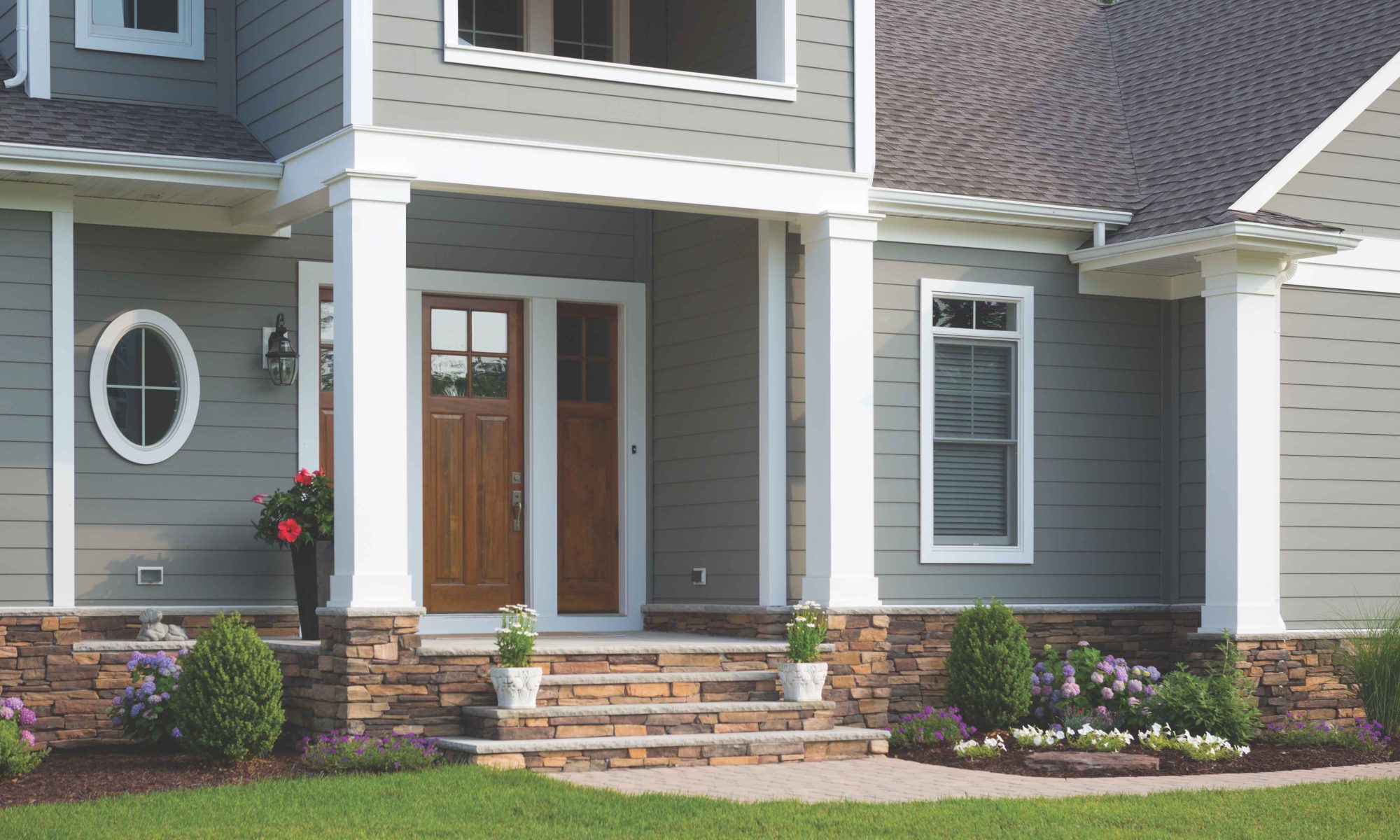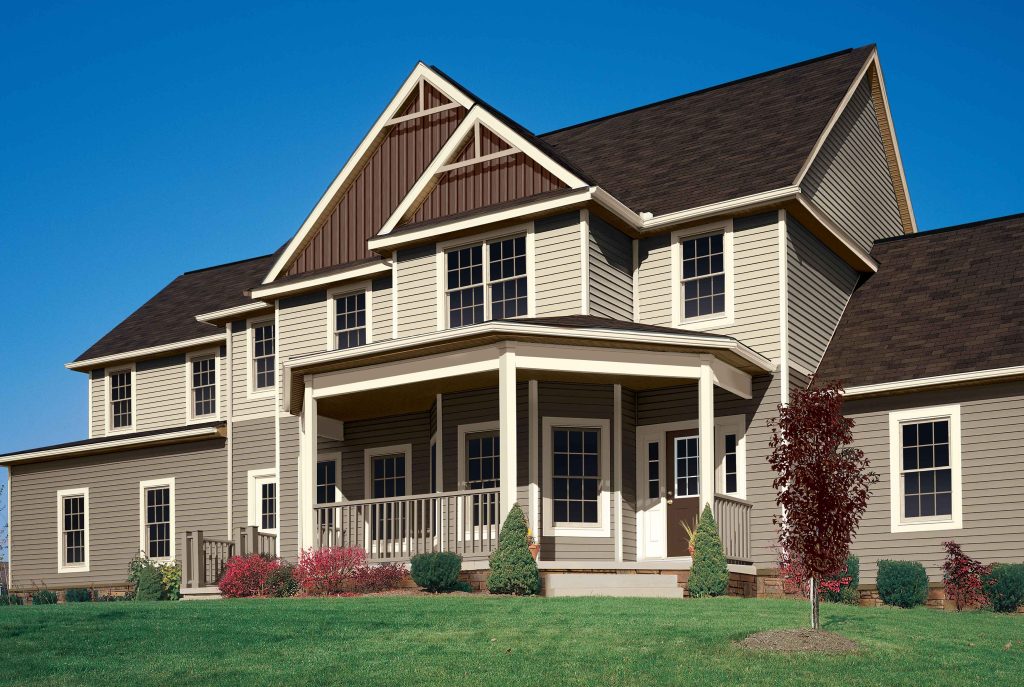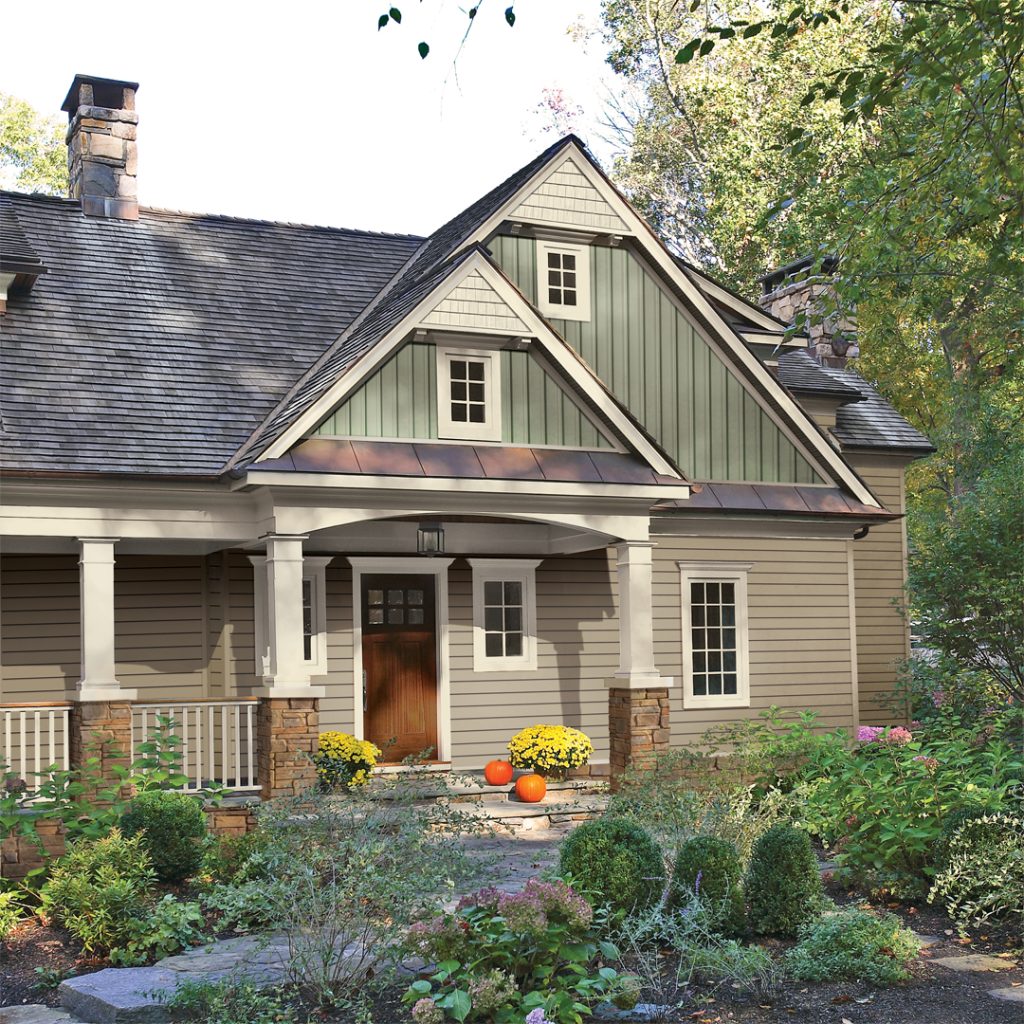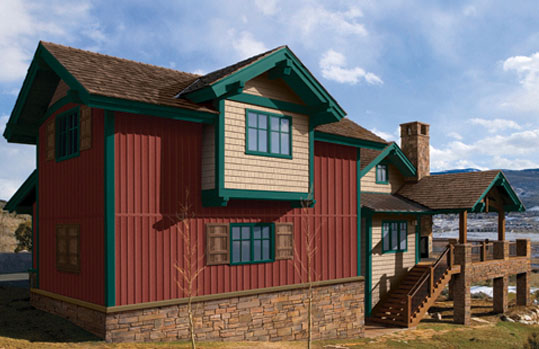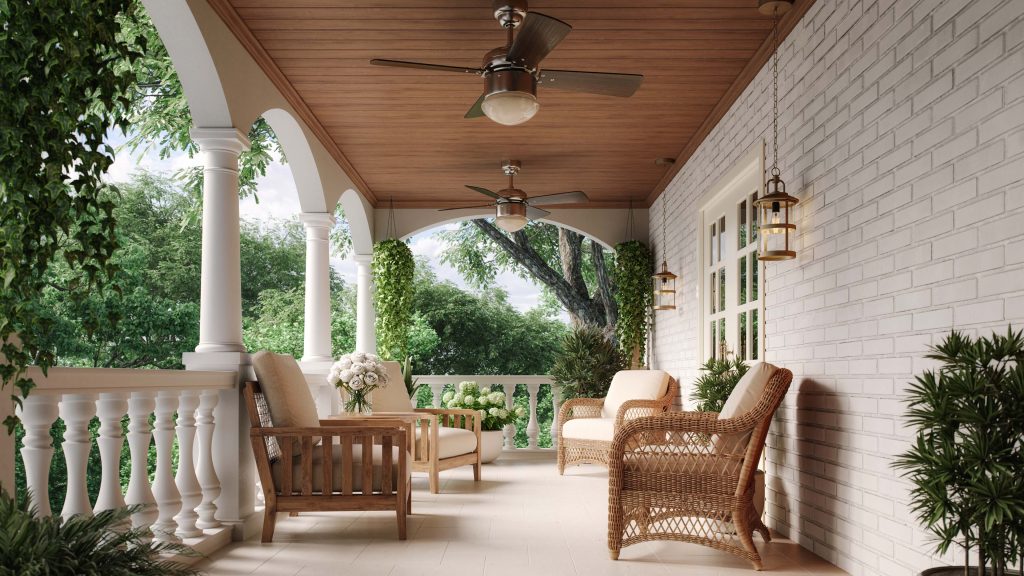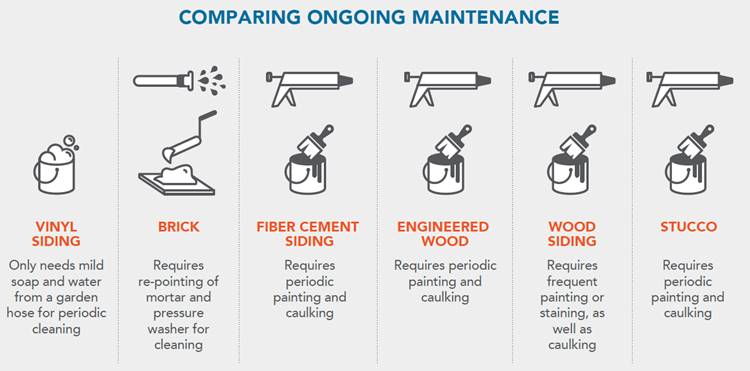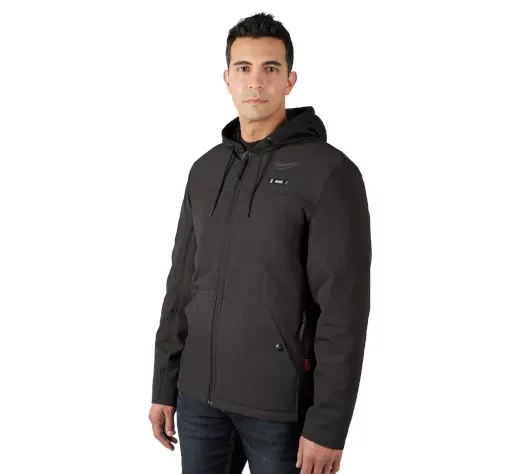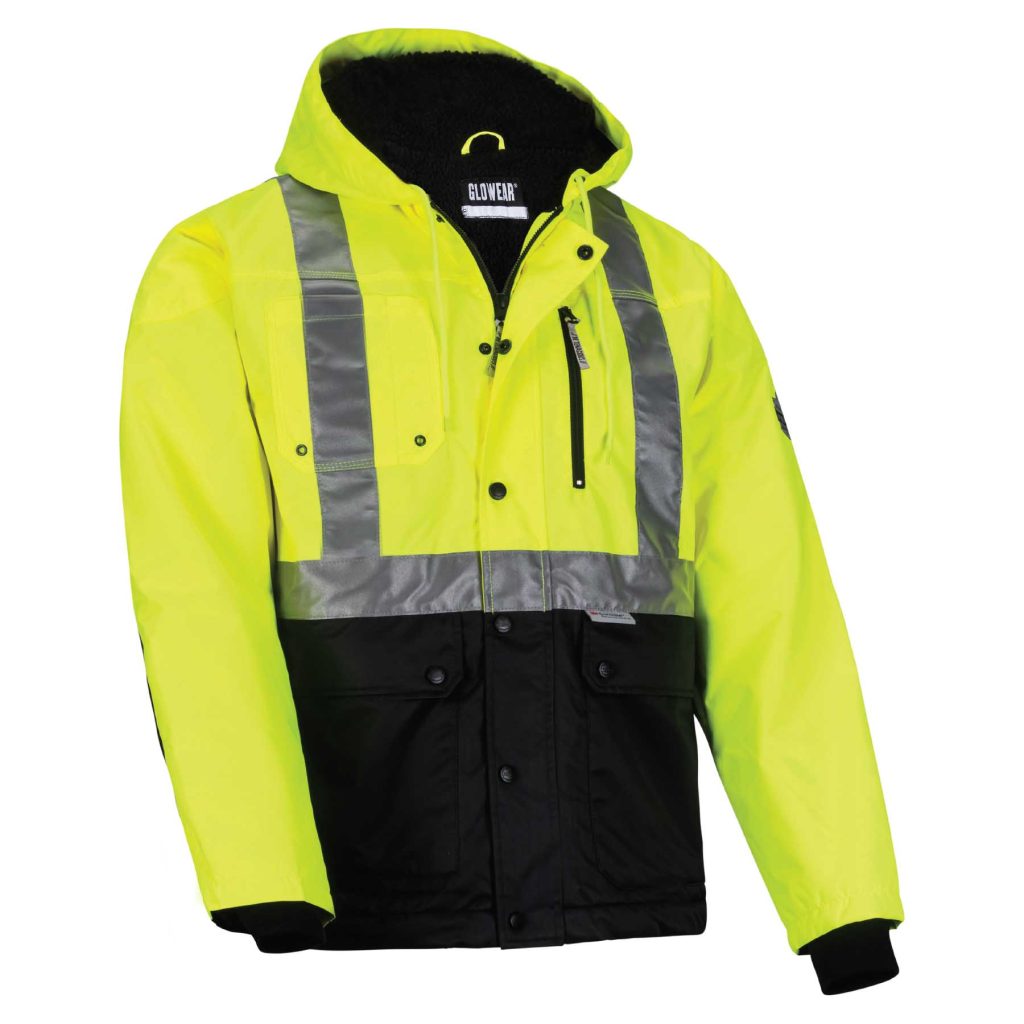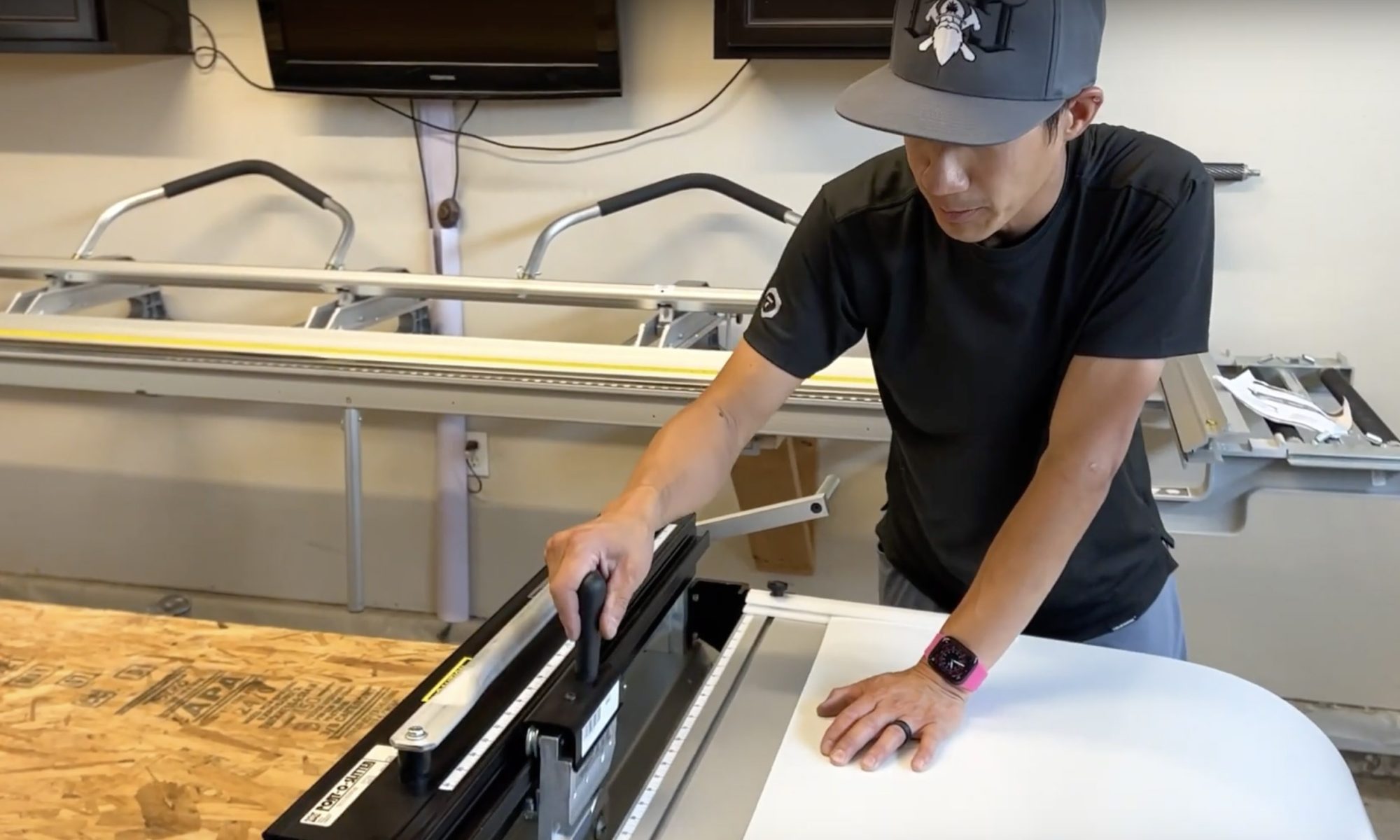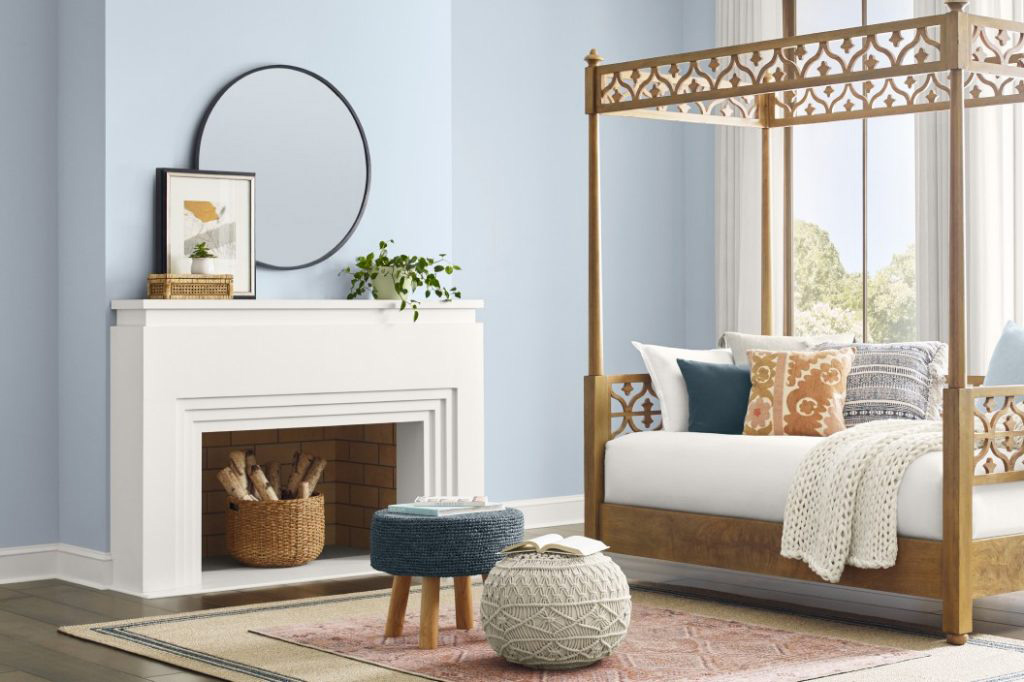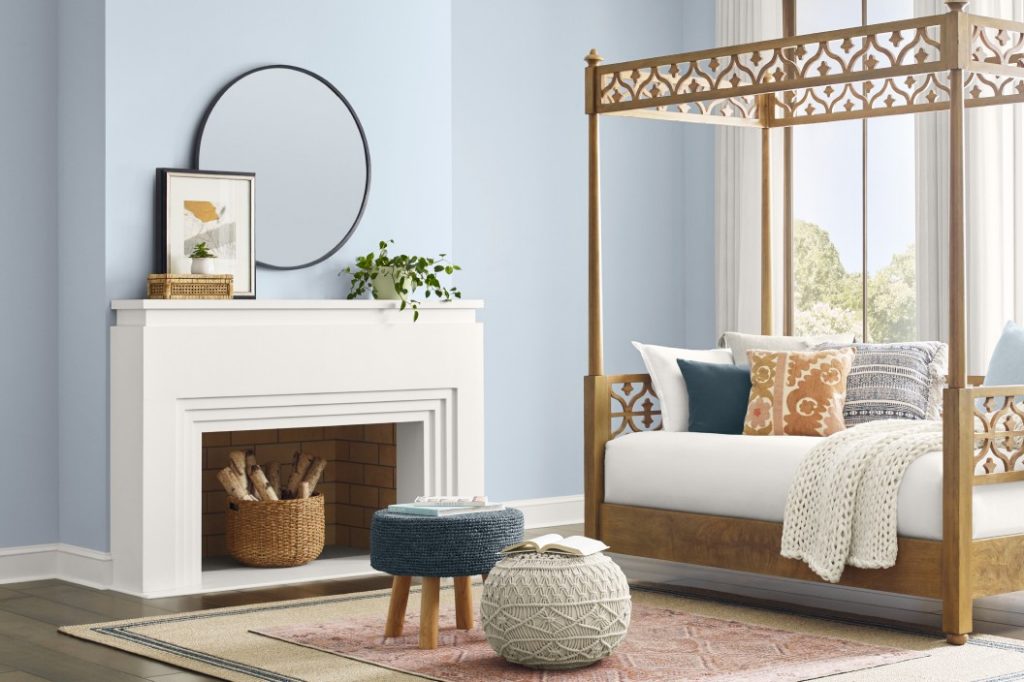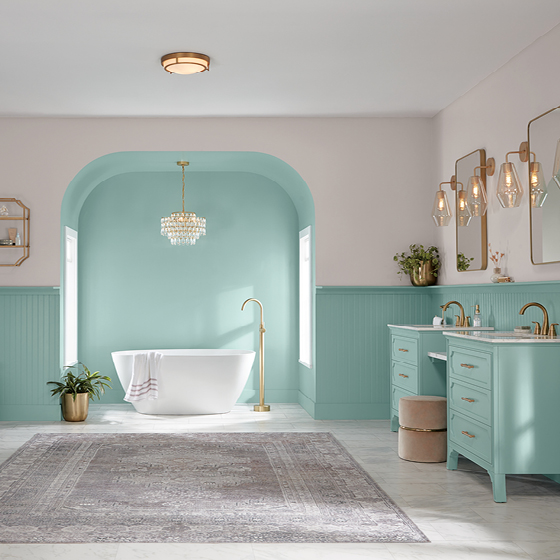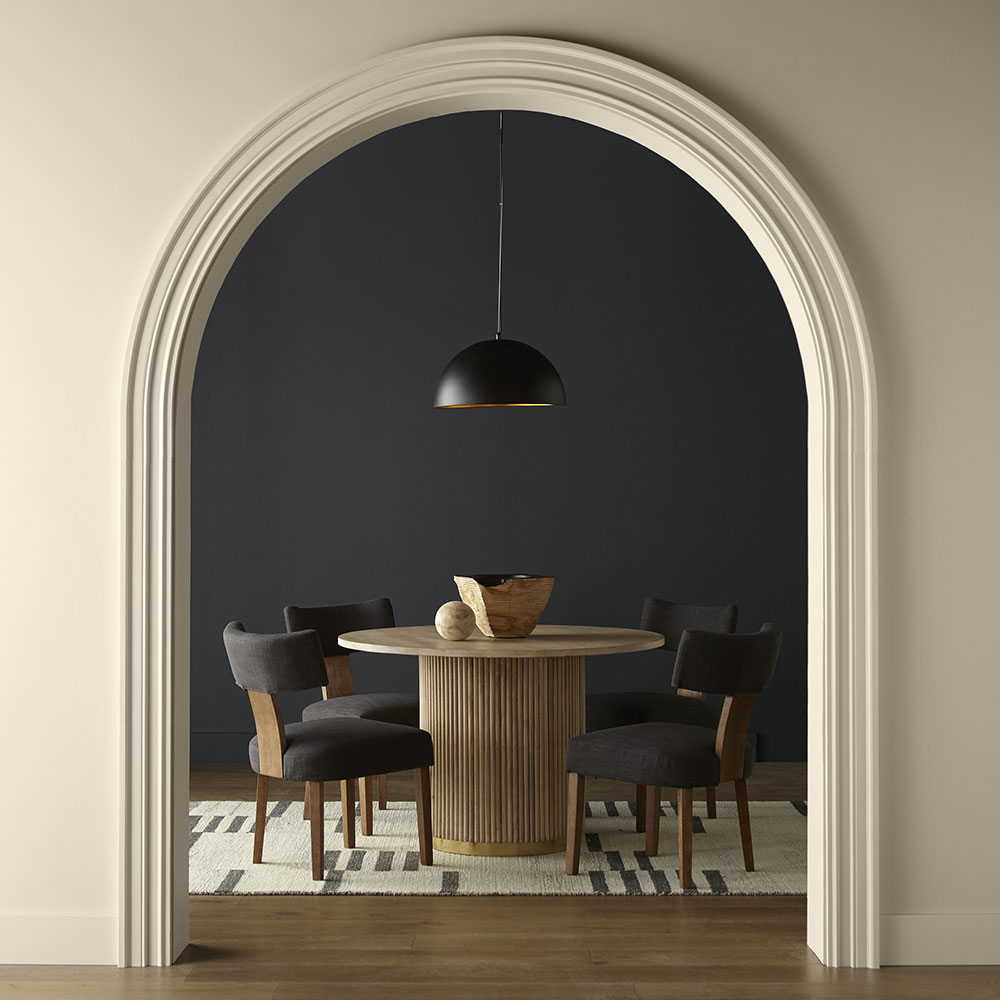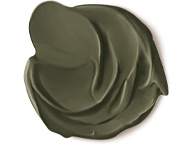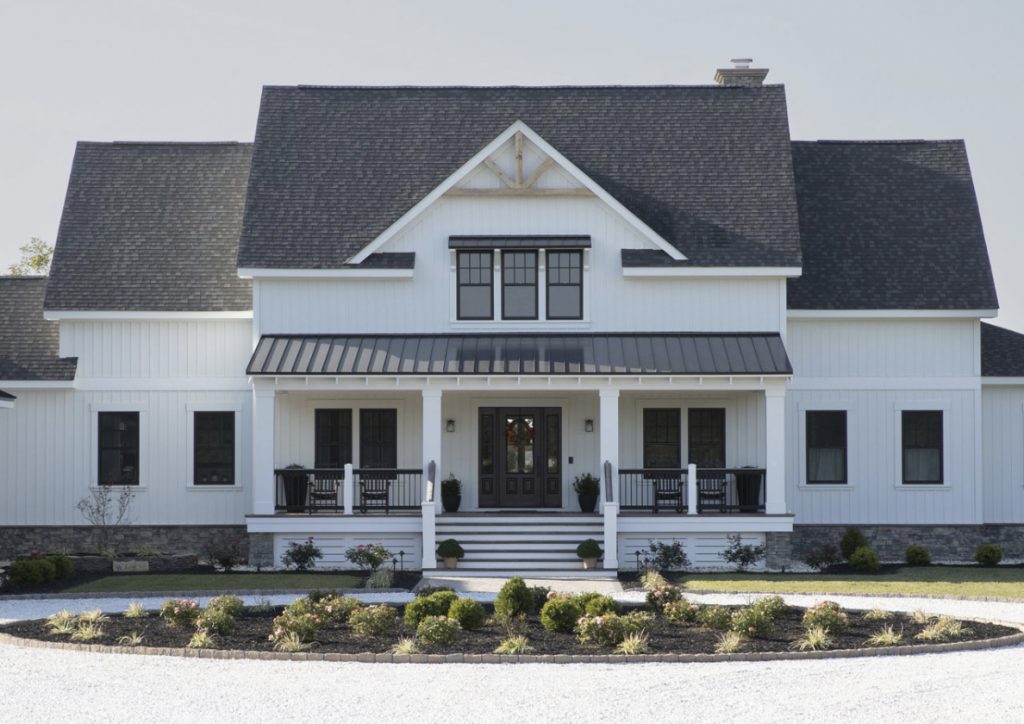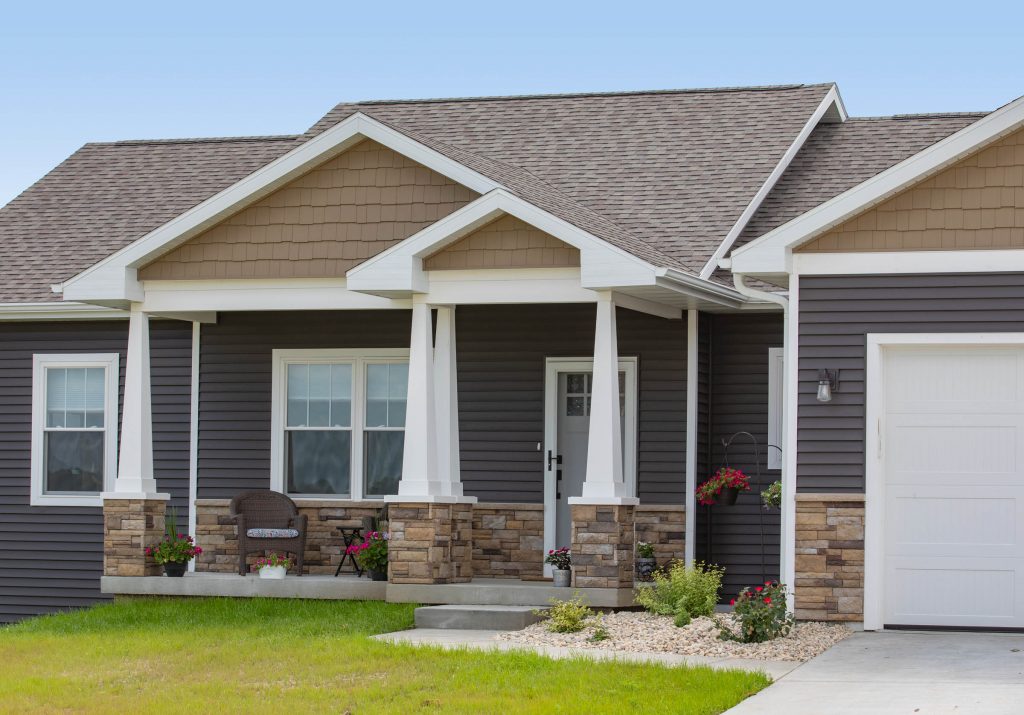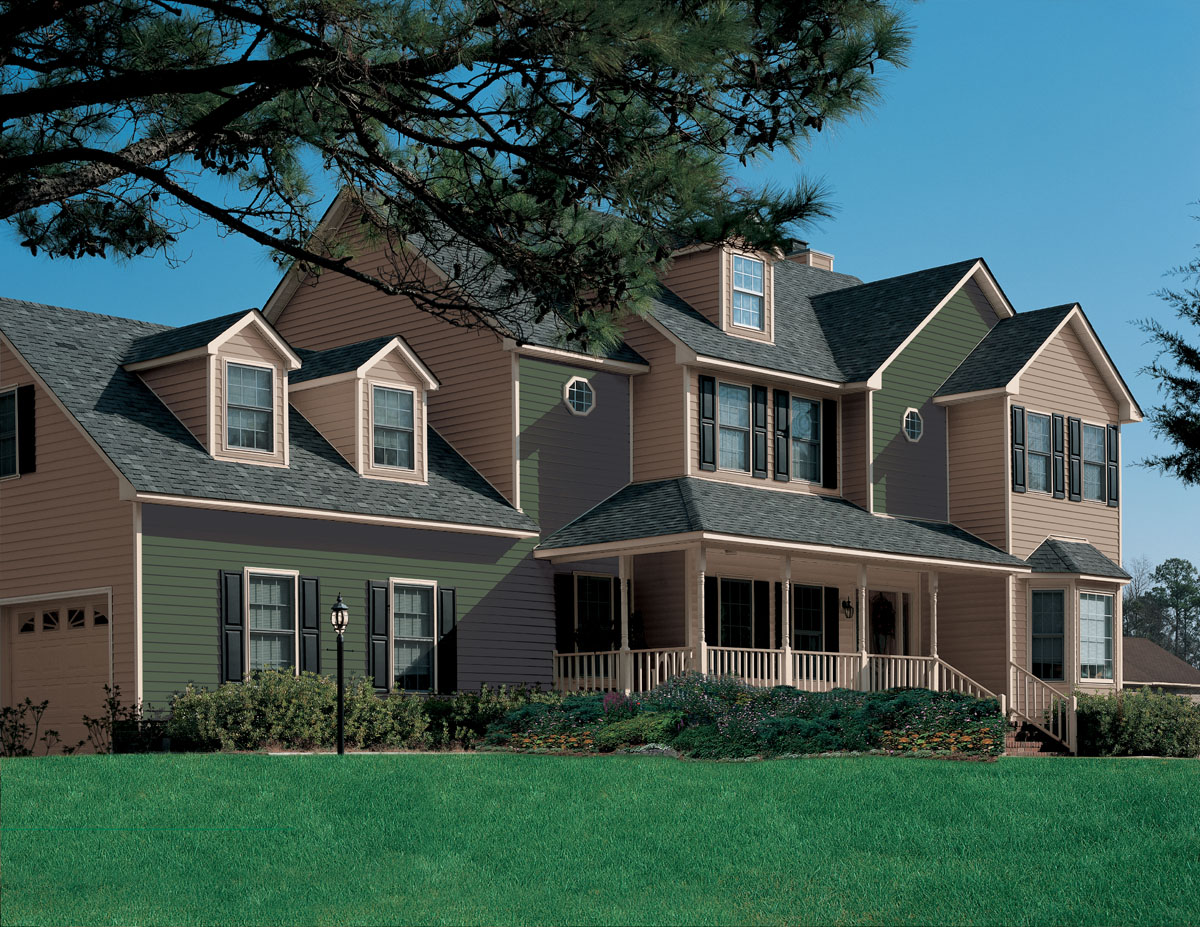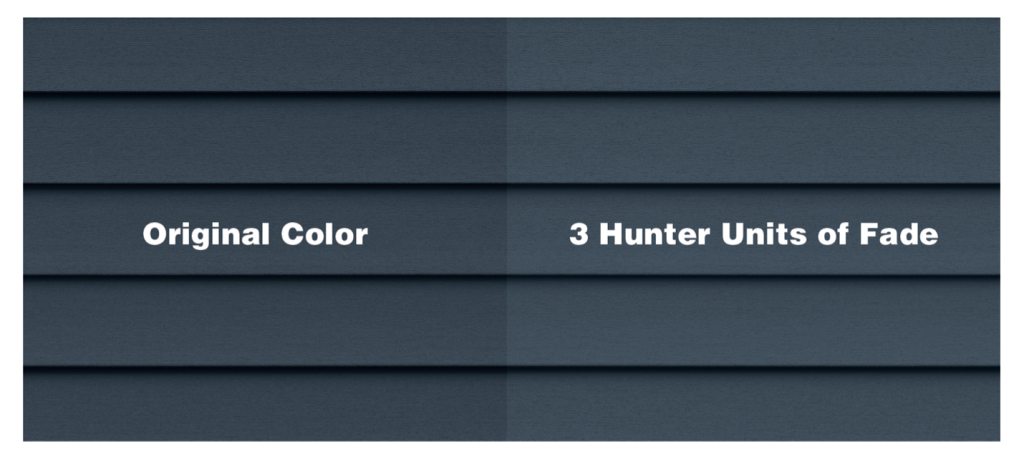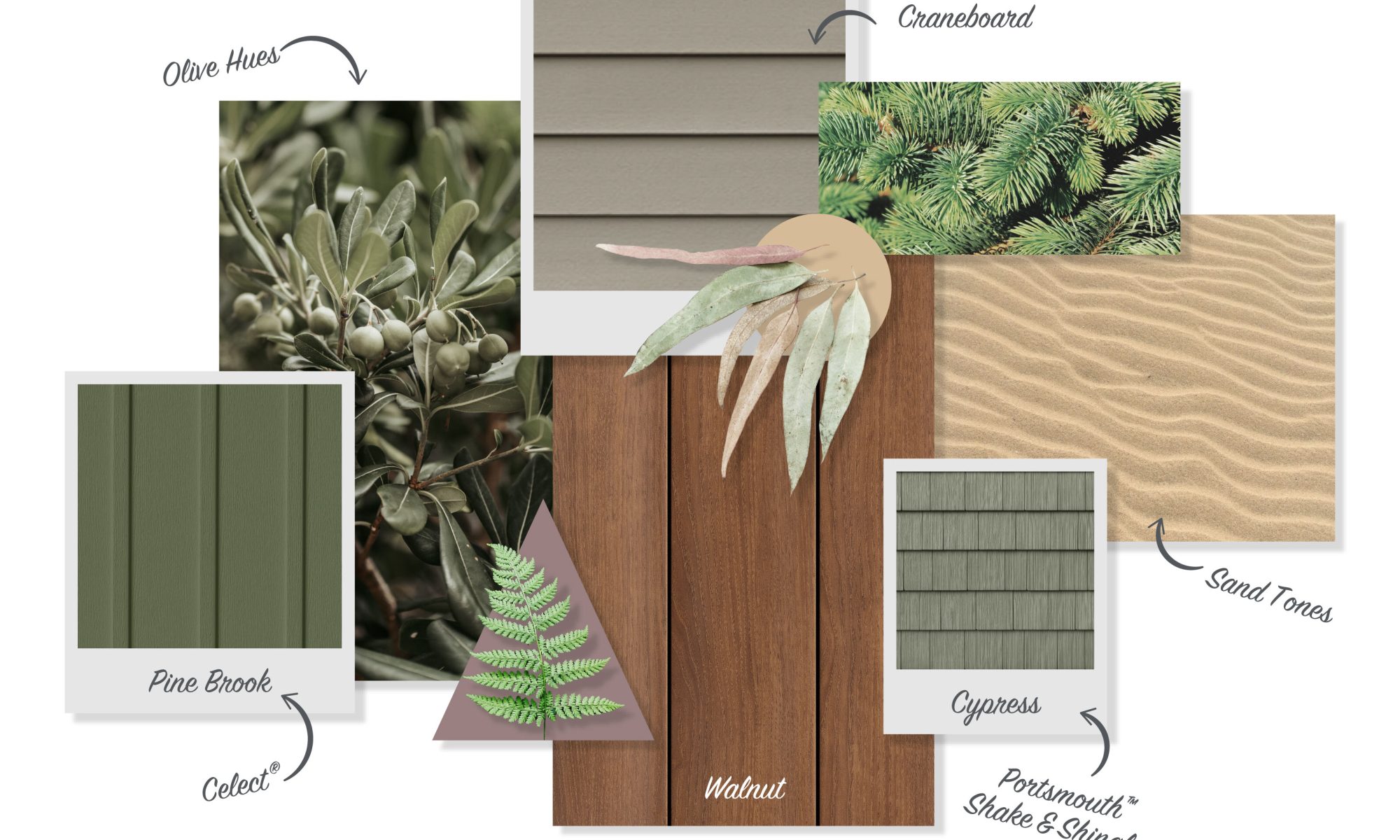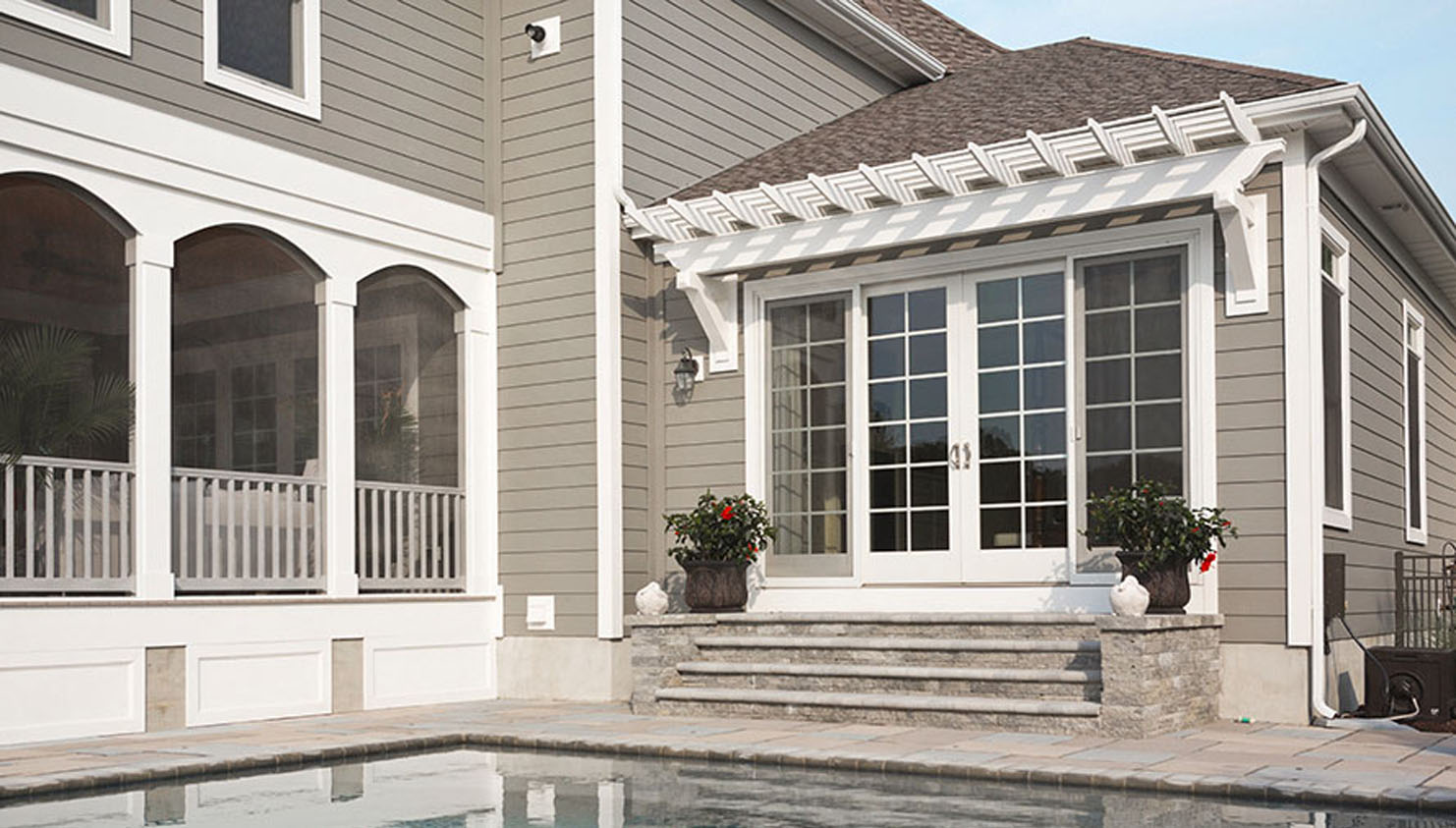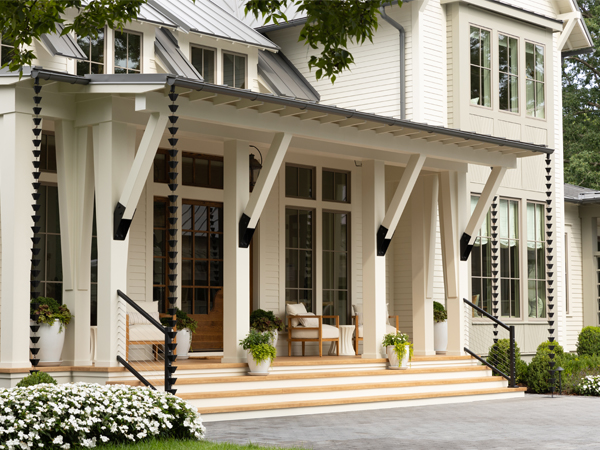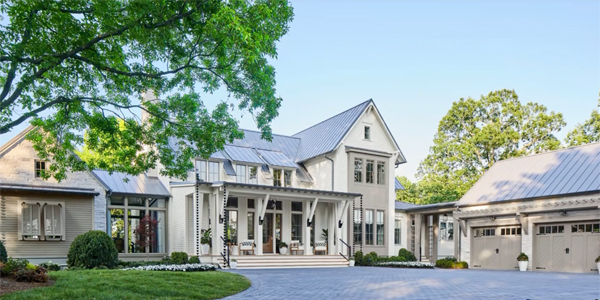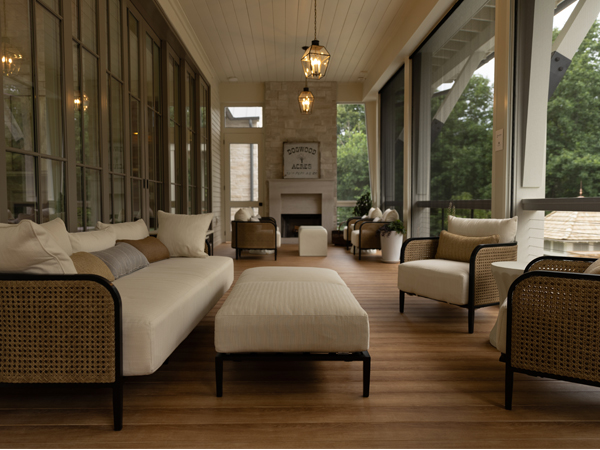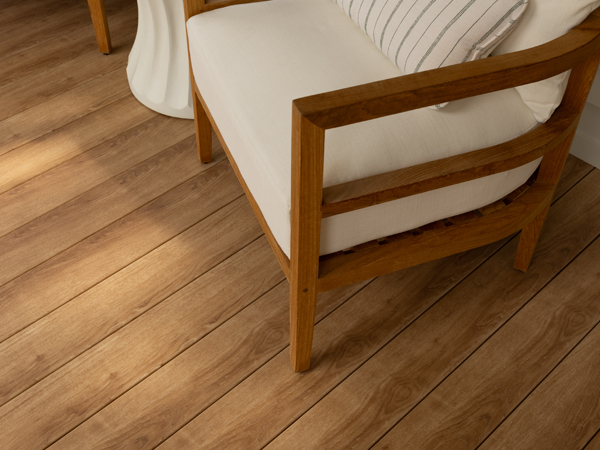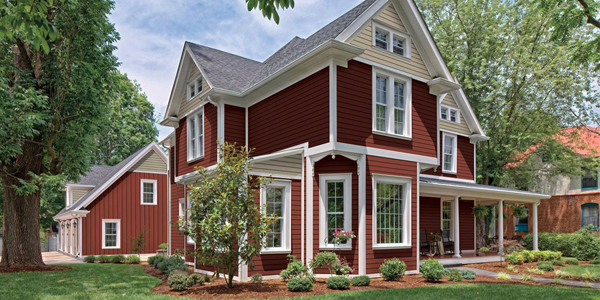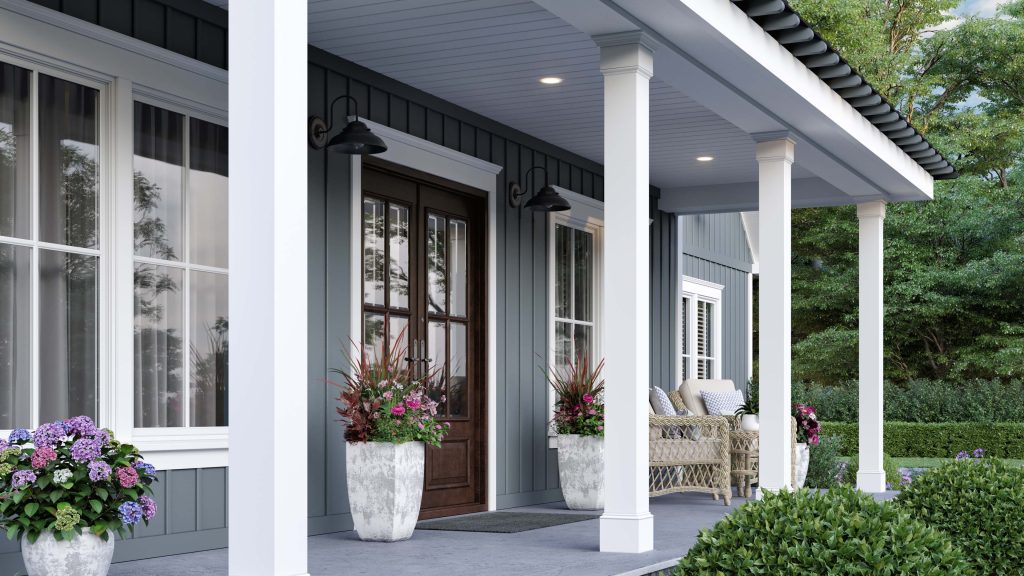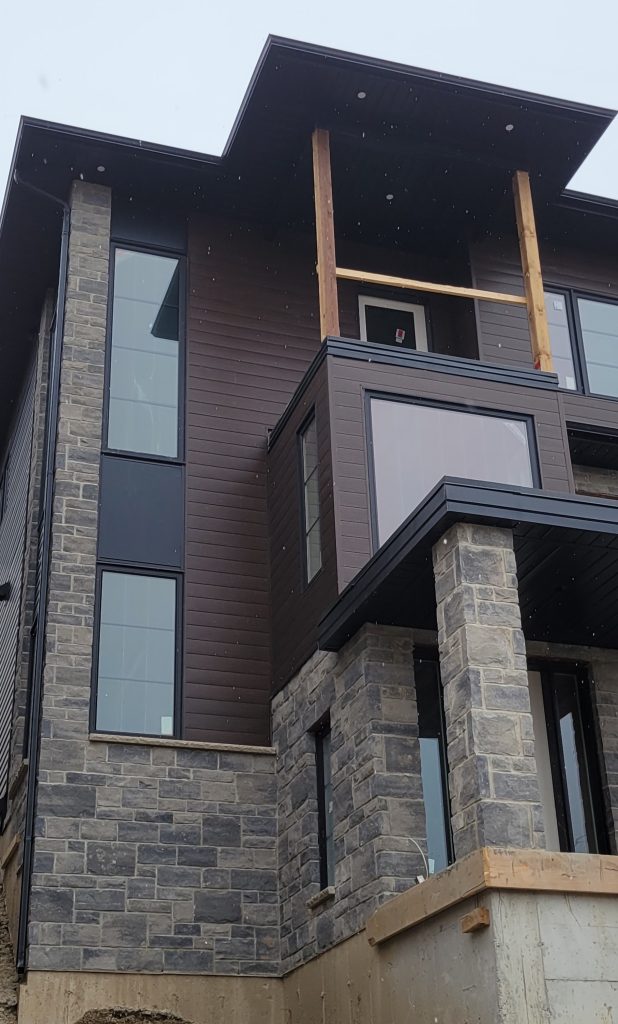Year after year, exterior remodeling projects prove to offer homeowners the best return on investment, and the Remodeling 2024 Cost vs. Value Report once again affirmed this trend. In fact, the top three projects deliver an ROI as much as twice their cost.
The 37th annual study compares the average costs of 23 remodeling projects with the value those investments will retain at resale. Eight of the top 10 projects delivering the best return were for the home exterior. The top three projects deliver a whopping one-and-a-half to two times their investment: garage door replacement, with 194% cost recovered; steel door replacement, with 188% cost recovered; and manufactured stone veneer, with 153% cost recovered.
Other exterior projects in the top 10 included vinyl siding replacement, (80% ROI) and composite deck addition (68%). The only interior projects in the top 10 were minor kitchen remodel (96%) and mid-range bathroom remodel (74%).
Overall, the remodeling investment return skyrocketed this year. “Compared with last year’s CVV reports, 2024’s has seen a surge in a number of project values, with the average values of the top two projects—the garage door and steel entry door replacements—worth double what they were last year,” the report stated. “These higher values result in ROIs for the top two projects of almost 200%, and an average ROI for the manufactured stone veneer project of over 150%. These ‘hot returns’ are the highest in the history of the Cost vs. Value report and can be attributed to the unique market for existing homes we have in today’s economy with a combination of higher mortgage interest rates and existing homeowners sitting on loads of equity.”
In addition, “a look at yearly trends shows that project costs have increased consistently over the last decade, while perceived values have fluctuated in recent years. This fluctuation has resulted in a fall in the overall ROI as post-pandemic disruptions roiled housing markets,” Remodeling explained. “However, 2024 shows a definitive turnaround with a solid 5.2% increase in averageROI for the 15 CVV projects that have been in the report since its inception in 2002.”
2024 Cost vs. Value Report Shows Manufactured Stone Delivers High ROI Nationally and Regionally
For manufactured stone, the study looked at the cost recouped from replacing a 300-square-foot band of vinyl siding from the bottom third of a home’s street-facing façade with manufactured stone veneer (such as Westlake Royal Building Products’ Versetta Stone, Cultured Stone, and Eldorado Stone) along with sills, corners, and address block as well as a water-resistive barrier. Manufactured stone’s 153% cost recoupment was dramatically higher than last year’s already impressive ROI, increasing 51 percentage points vs. the 2023 study’s 102.3% return.
When the Remodeling 2024 Cost vs. Value report is broken down geographically, manufactured stone shows ROI ranging from 111% to a whopping 220%. In three regions, manufactured stone performed better than the national average: West South Central (Texas, Oklahoma, Arkansas, and Louisiana), with 220% of costs recouped, the most of any category; Pacific (Washington, Oregon, California, Alaska, and Hawaii), with 204%; and Middle Atlantic (New York, New Jersey, and Pennsylvania), with 159%. (See full regional breakdowns here.)
Vinyl Siding, Composite Decking Also a Smart Investment
In looking at vinyl siding, Remodeling studied the effect of replacing 1,250 square feet of existing siding with new vinyl siding installed to the manufacturer’s specifications, plus factory trim at all openings and corner and a weather resistive barrier underneath.
Along with an 80% return at the national level, vinyl siding recouped even higher costs in four regions: New England (116% ROI), Mid-Atlantic (96%), Pacific (90%), and West South Central (84%).

Composite decking such as Zuri® Premium Decking also stood out in four regions: Pacific (88% cost recouped), New England (83%), Mid-Atlantic (70%), and West North Central (70%). For these projects, Remodeling evaluated the return on a 16×20-foot deck addition with pressure-treated joists supported by 4×4-inch posts anchored to concrete piers, composite deck material in a simple linear pattern, stairs with three steps to grade, and a built-in bench and planter made of the same decking material.
See the full Remodeling 2024 Cost vs. Value Report study and associated trends at www.costvsvalue.com.
(Remodeling 2024 Cost vs. Value Report: © 2024 Zonda. Complete data from the Remodeling 2022 Cost vs. Value Report can be downloaded free at www.costvsvalue.com.)

